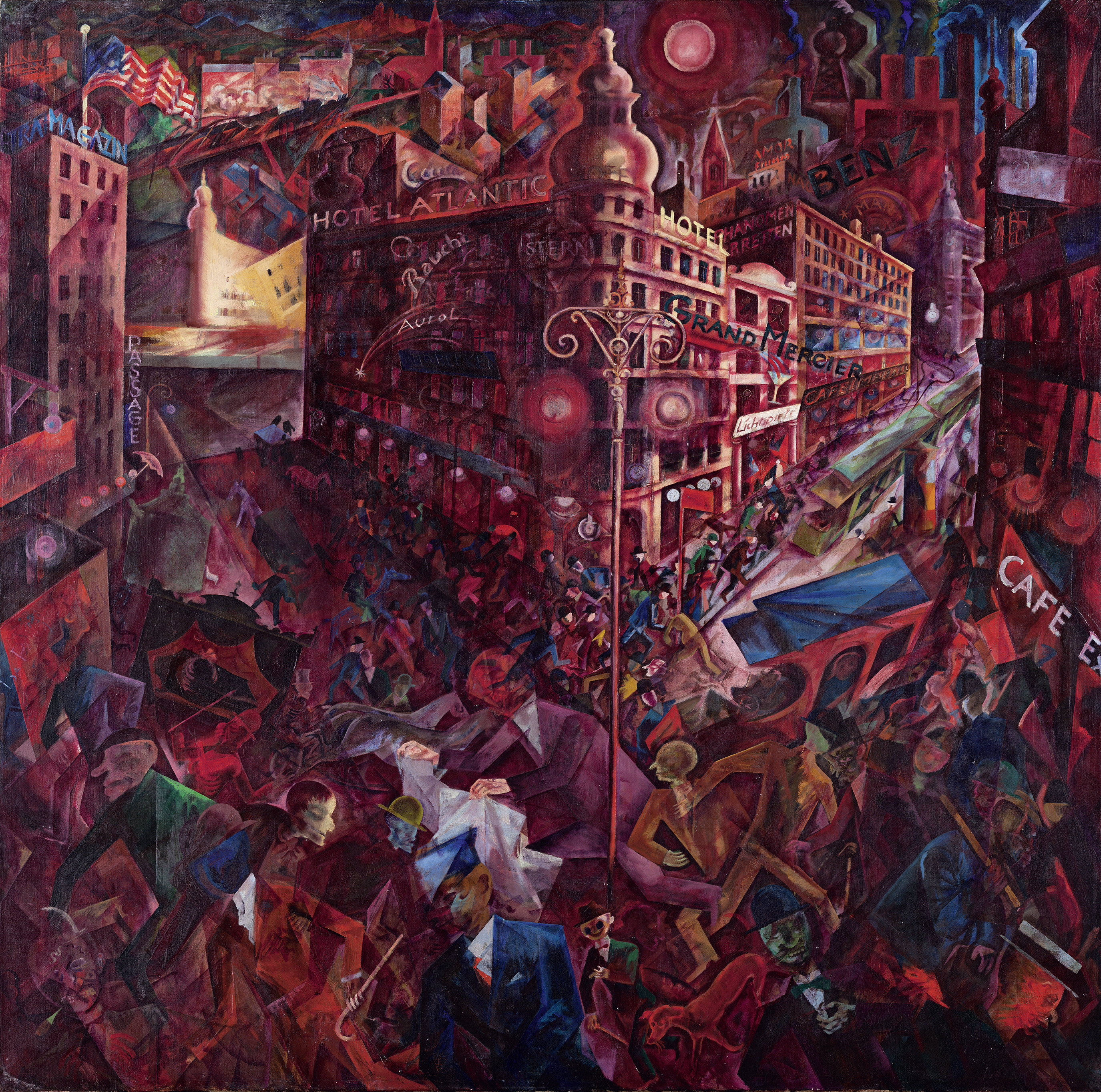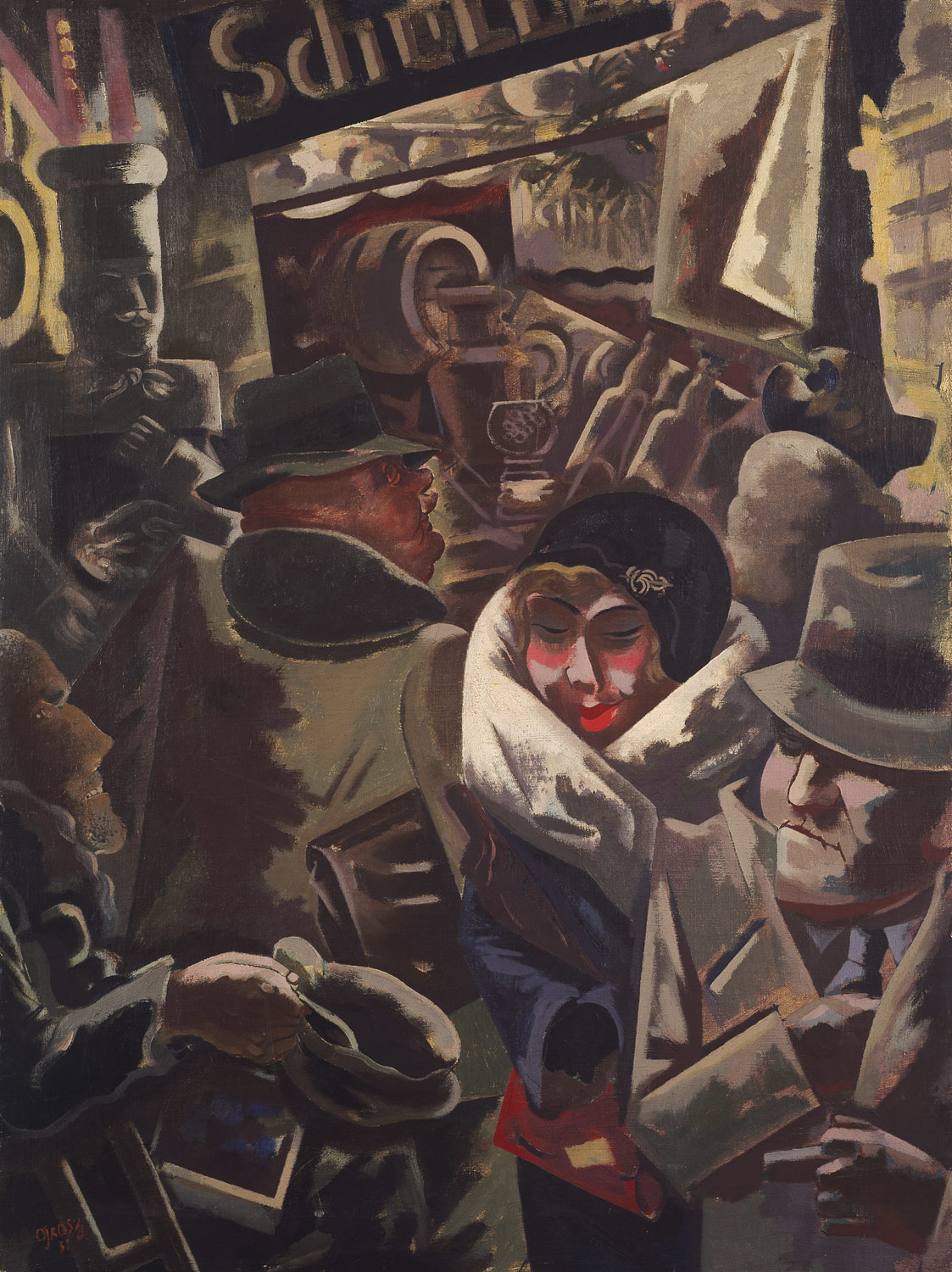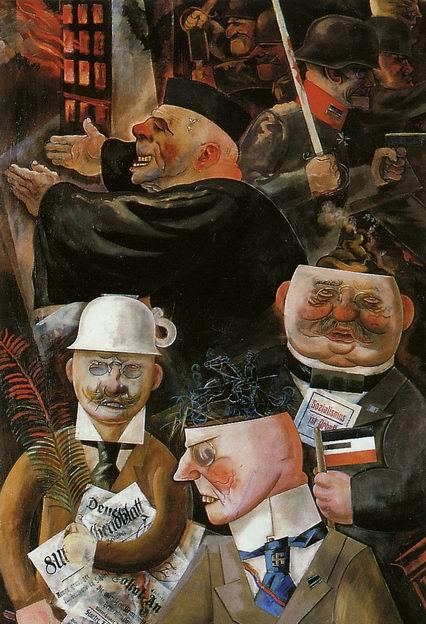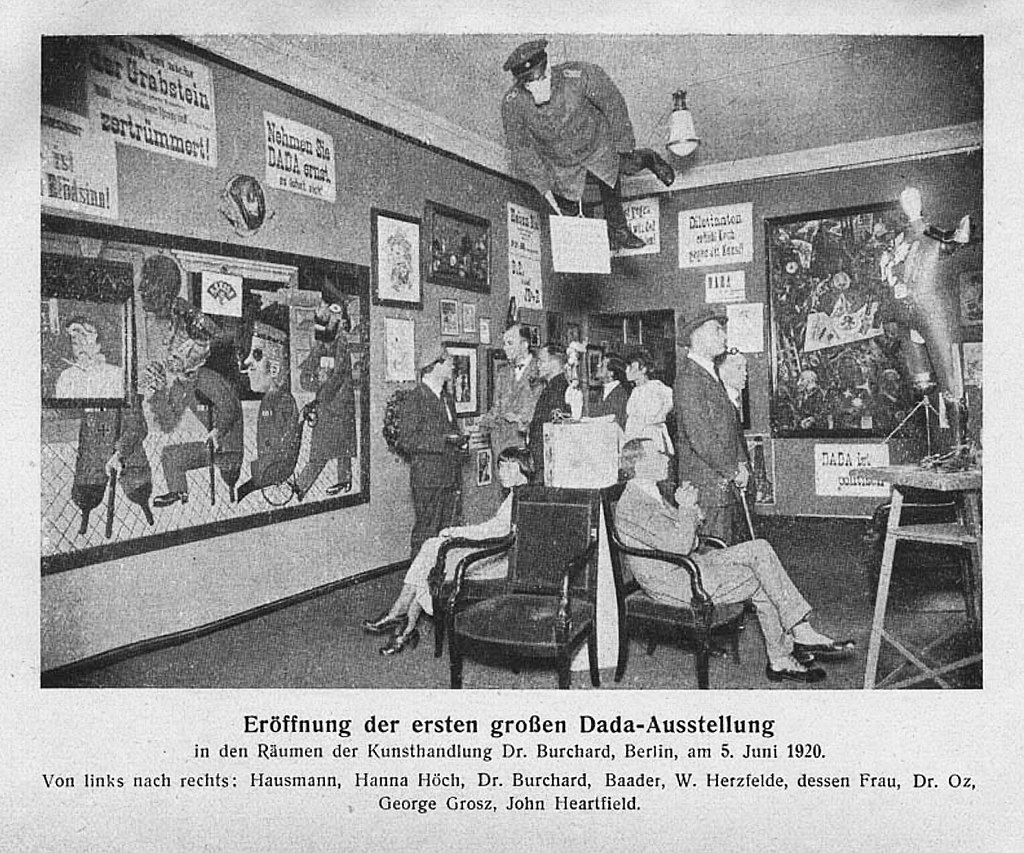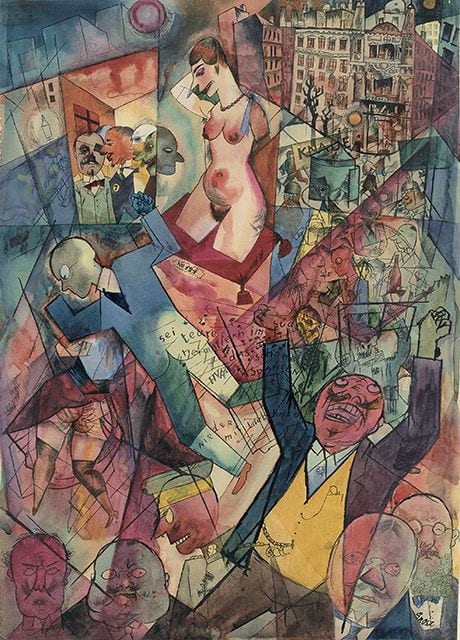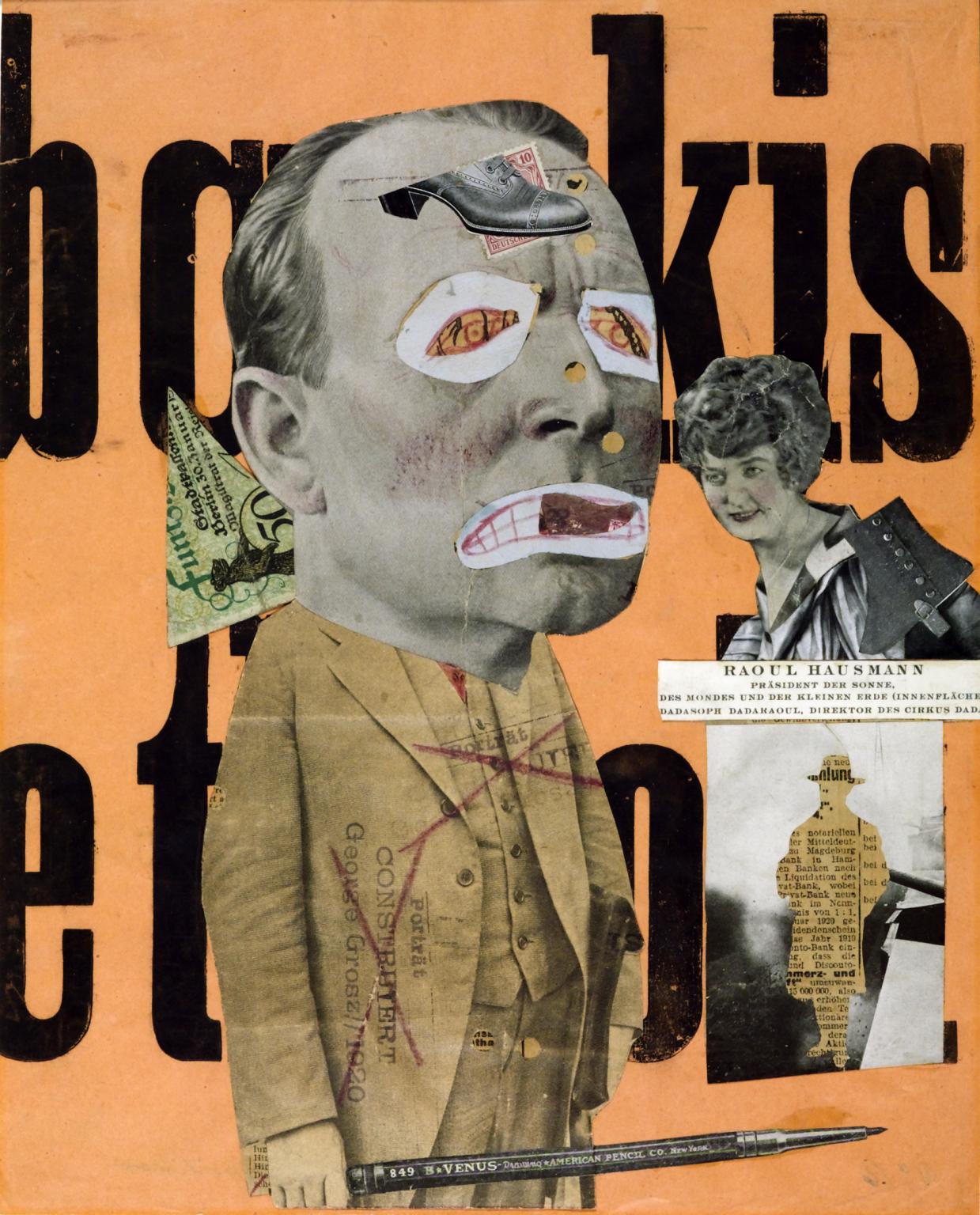Part 11: Vanessa Bell (1879-1961)
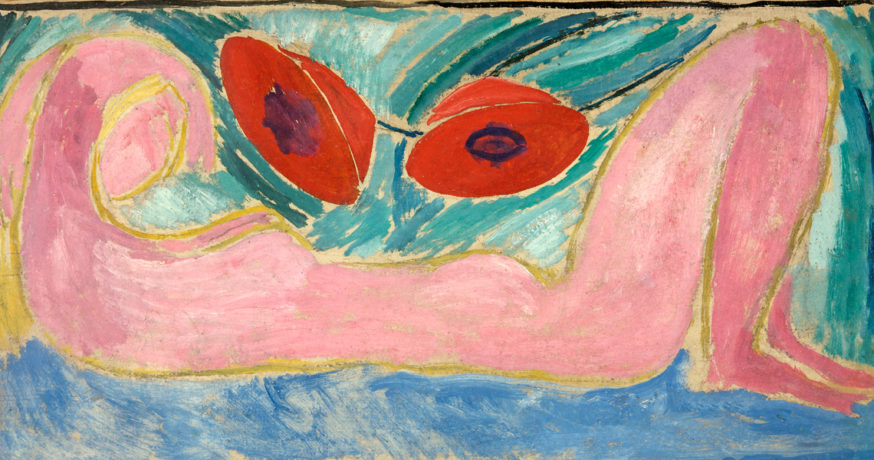
Walter Sickert was a pioneer in terms of British art, bringing his version of Impressionism to London. At this time there was much resistance towards the new styles and subjects of painting emerging from Paris, with the exception of more open-minded artists and intellectuals, including a group of forward-thinking people who were embracing these new developments in art. When Walter Sickert was inspiring London artists and encouraging the Camden Town Group to paint real life in working-class London, the Bloomsbury Group who were pushing the envelope in terms of what was acceptable in British art. Among their number was Roger Fry, an artist and connoisseur who coined the term French Post-Impressionism when he organised two enormously influential exhibitions in London.
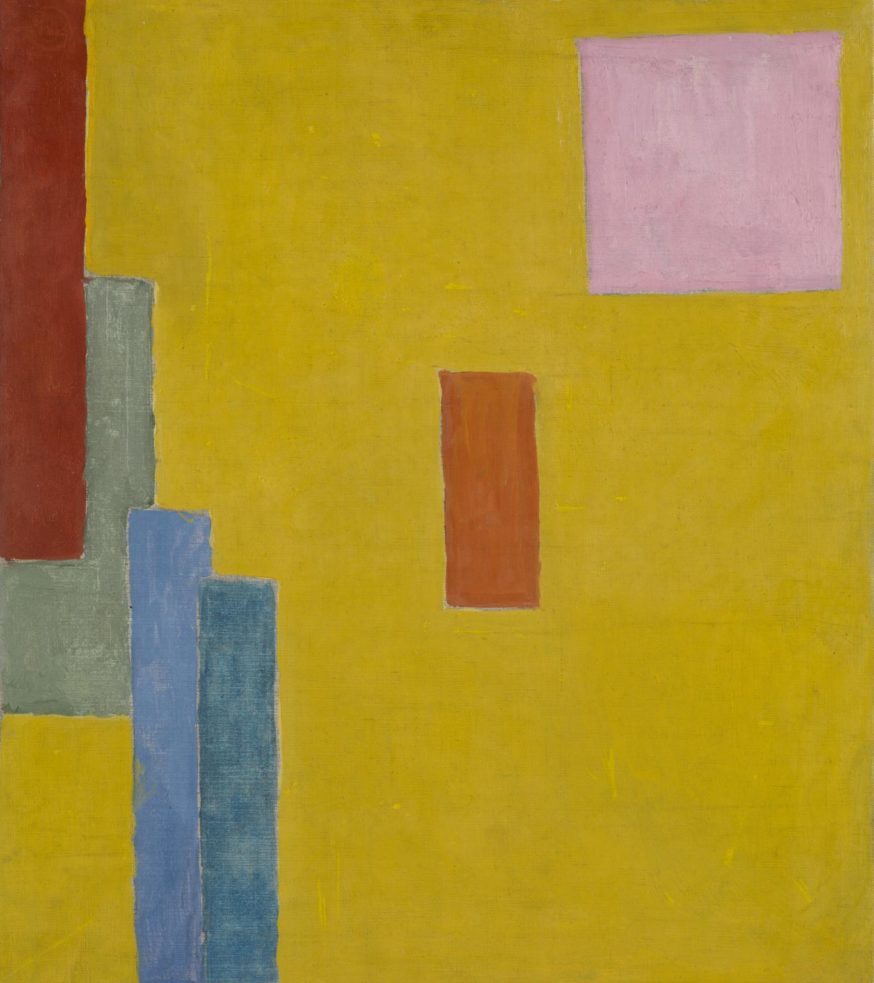
Roger Fry’s exhibitions included work by artists such as Manet, Matisse, Gauguin and Picasso. Vanessa Bell was inspired by these artists. She believed this new art came from ‘the self’ rather than being what people were told to paint.

The impact of Fry’s exhibitions can clearly be seen in Bell’s work which become less formal and more abstract. There’s less realism – these paintings are more about how they make you feel, rather than what they show you.
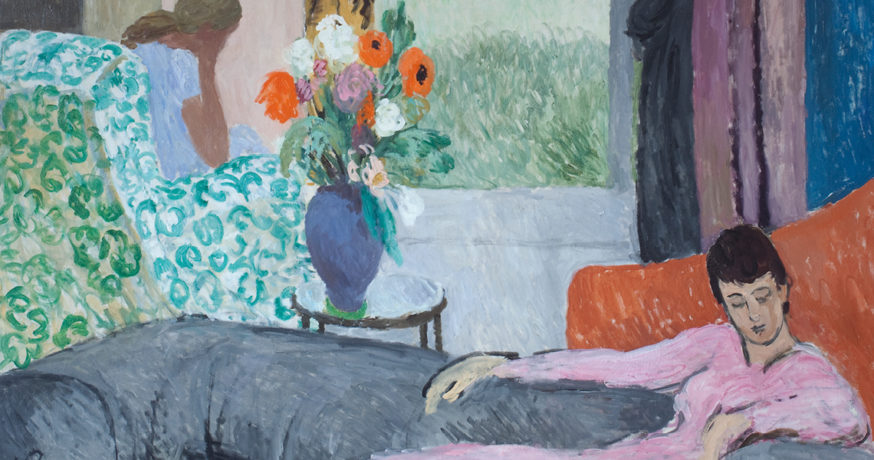

During the Second World War, some of the members of the Bloomsbury Group moved to the countryside near the coast in the south of England where they lived in an old farmhouse called Charleston. While they were there they were employed to paint murals on the interior walls of a local church.

This leads us to the next artist, Stanley Spencer. There's a double connection here: Spencer's work featured in Roger Fry's Post Impressionist exhibitions and he is known for his church murals at Sandham Memorial Chapel in Burghclere.

PART 10: WALTER SICKERT (1860-1942)
On then to Walter Sickert, Whistler's pupil and etching assistant. We need to keep in mind that late 19th-century Britain is characterised by the art of genteel retreat. It was French art that saw the densest flowering of artistic innovation in history – Monet, Degas, Gauguin, Cezanne, Seurat, Van Gogh, Picasso, Braque, Bonnard, Vuillard and Matisse. These were the great visual philosophers – reflecting the new conditions of a new age and embracing the difficult, differing and perplexing life of the city, new technologies and potentialities of man. But these new styles were unwelcome in Britain because they went against moral principles and met with emotional disgust.
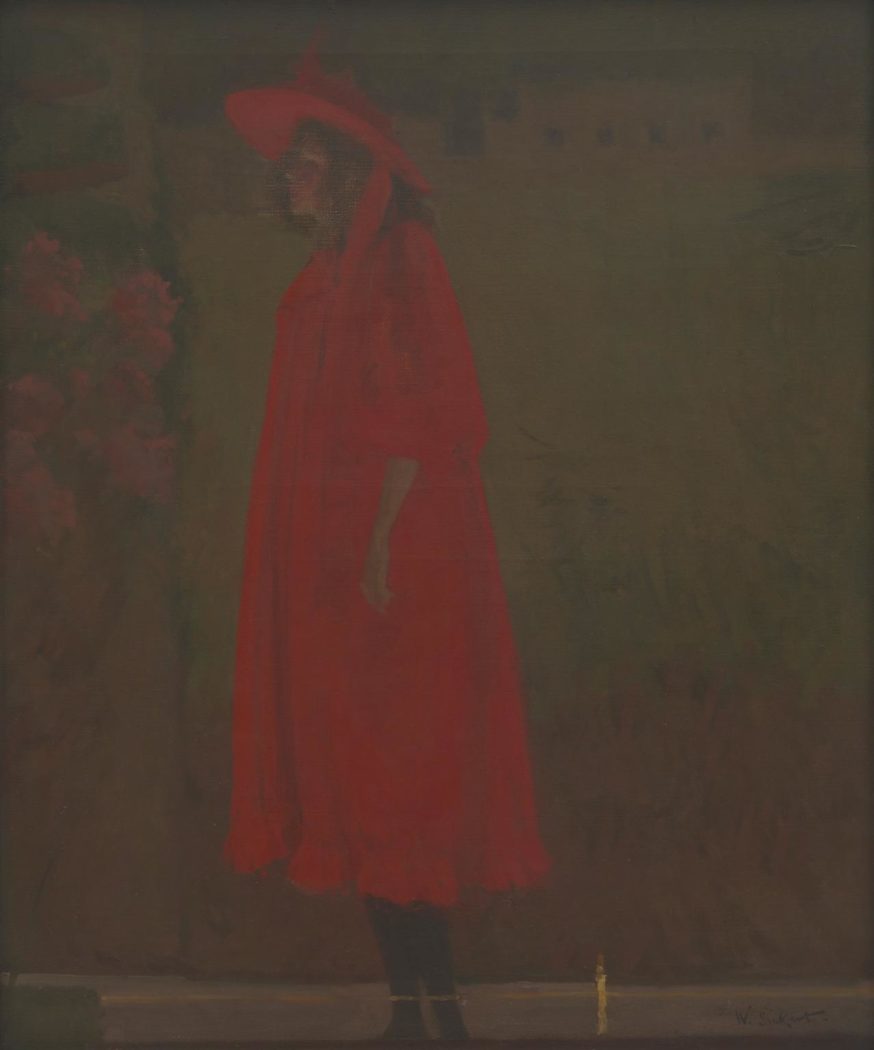
British art at this time was slick, emotionally and intellectually vacant. Even Whistler, an American in London, was producing aesthetically pleasing night time views of London and the Thames in the abstract style developed by Turner. Roger Fry’s pioneering London exhibitions of French Post-Impressionism in London in 1910 and 1912 were described by one reviewer as ‘part of a widespread plot to destroy the whole fabric of European painting’. So, into this arena enters Walter Sickert…
Sickert is one of the most imaginative British artists who captured a low-life, late Victorian world of music halls and shadowy interiors – one of the most compelling artists in the history of early modern British art. He wasn’t afraid to put sex and sleaze into his art when most British artist were timid and repressed in terms of their subjects. Sickert dared to depict the radical urban danger that artists in Paris were so alive to.
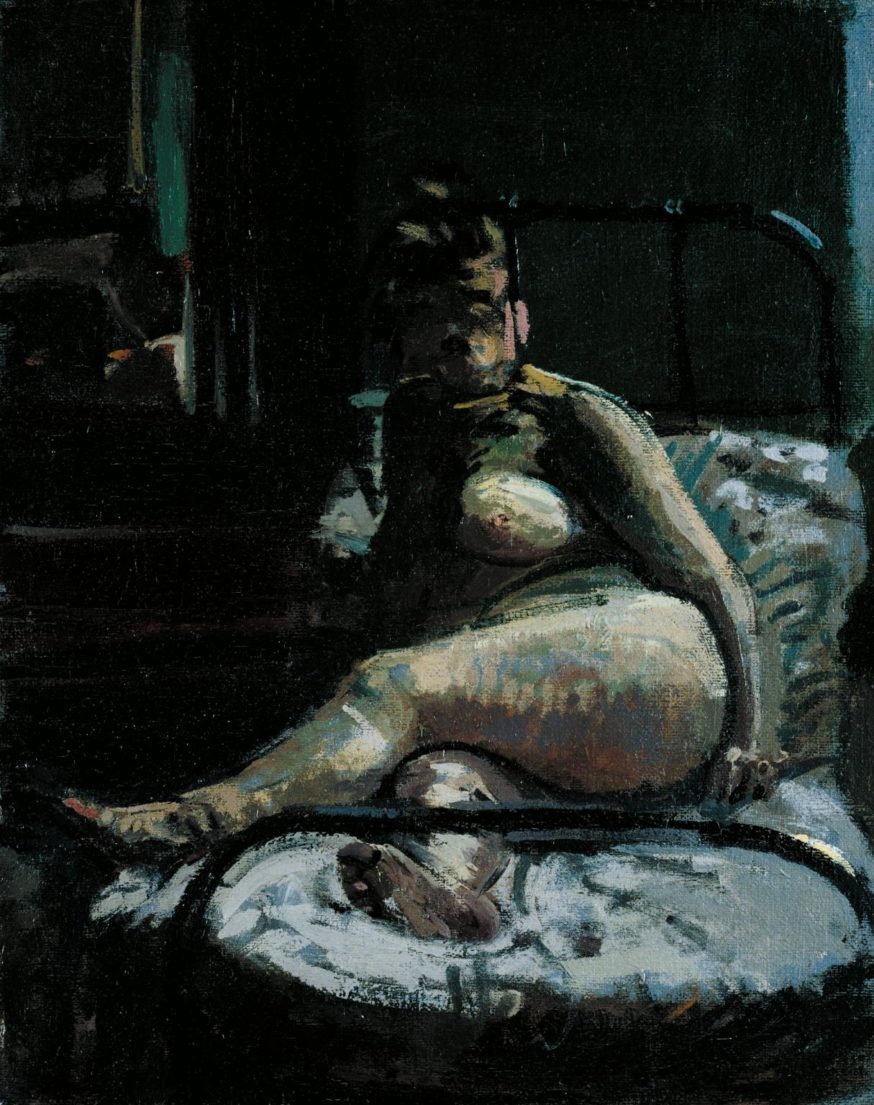
Sickert was born in Munich, Germany in 1860. In 1868 the family settled in Britain where the young Sickert first sought a career as an actor. He took up art in 1881 at Slade School – after a year he left to become a pupil and etching assistant to our friend, James Abbott McNeill Whistler. In 1883 he travelled to Paris and met Edgar Degas – and he was especially impressed by the urban realism developed by Manet and Degas. He valued the haphazard and impure texture of modern city life. He cultivated a style of painting with that glancing, snapshot quality which produced the most extraordinary art of the early modern period in British art. Sickert frequented London’s music halls, especially The Standard where George Leybourne sang Champagne Charlie and his favourite – The Old Bedford and the regular performed Minnie Cunningham. He also painted the audiences which have a ghostly quality – rapt monkeys in the dark – a flickering, gaslit human zoo.
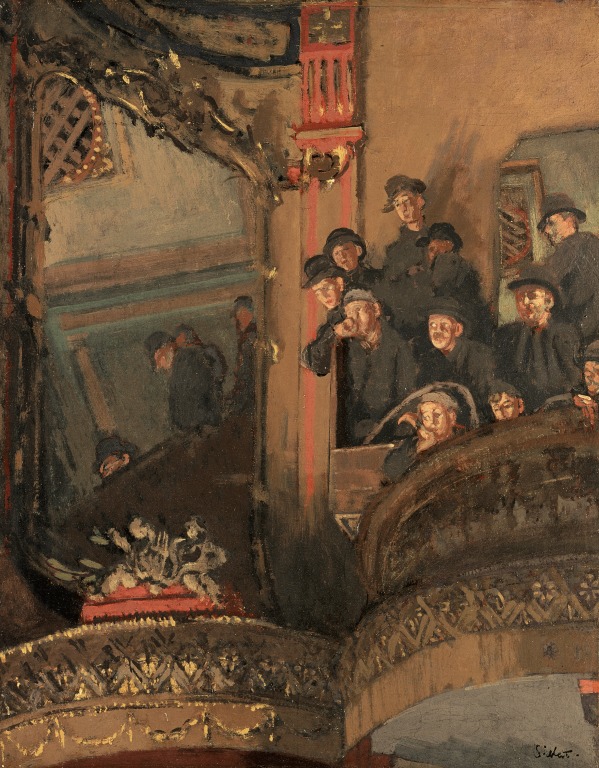
Sickert used the popular theatre as a metaphor for existenceHe said he wanted his pictures to be like ‘pages torn from the book of life’. There’s a melancholy combined with ragged vitality.
In 1905 Sickert settled in Camden, North London – and lived among the navvies, shift-workers and prostitutes who also became his subjects. His Camden Town Nude series depicts prostitutes, liverish green in colour and sprawling on unmade beds in dark, dingy rooms. It’s another side of Edwardian life to the society portraits being produced by successful portrait artists like Whistler and Sargent.
In late 1920s and 30s he pushed painting into places it hadn’t been before by using photography and other media anticipating the art of the 1970s. His chief legacy is his realism – he gave British art back its British temperament.
Next time…
So, Sickert, influenced by Degas and Monet, introduced a sense of realism into British art. I mentioned Roger Fry’s exhibitions of French Post-Impressionism that were a desperate attempt to get London interested in the innovations going on in Paris – well somebody who was taking notice was another member of the Bloomsbury Group of which Fry was also part – Vanessa Bell.

Part 9: James Abbott McNeill Whistler (1834-1903)
Last week on the Serendipitous Compendium we talked about Pierre Bonnard, painter and lithographer. Bonnard is likely to have been acquainted with Whistler around 1898. His painting has been compared to Whistler's, in its suggestion of uncertainty. Ideas on the vagueness and incompleteness of consciousness were popular at the time in the literature of Proust and the major French symbolist poet, Stéphane Mallarmé.


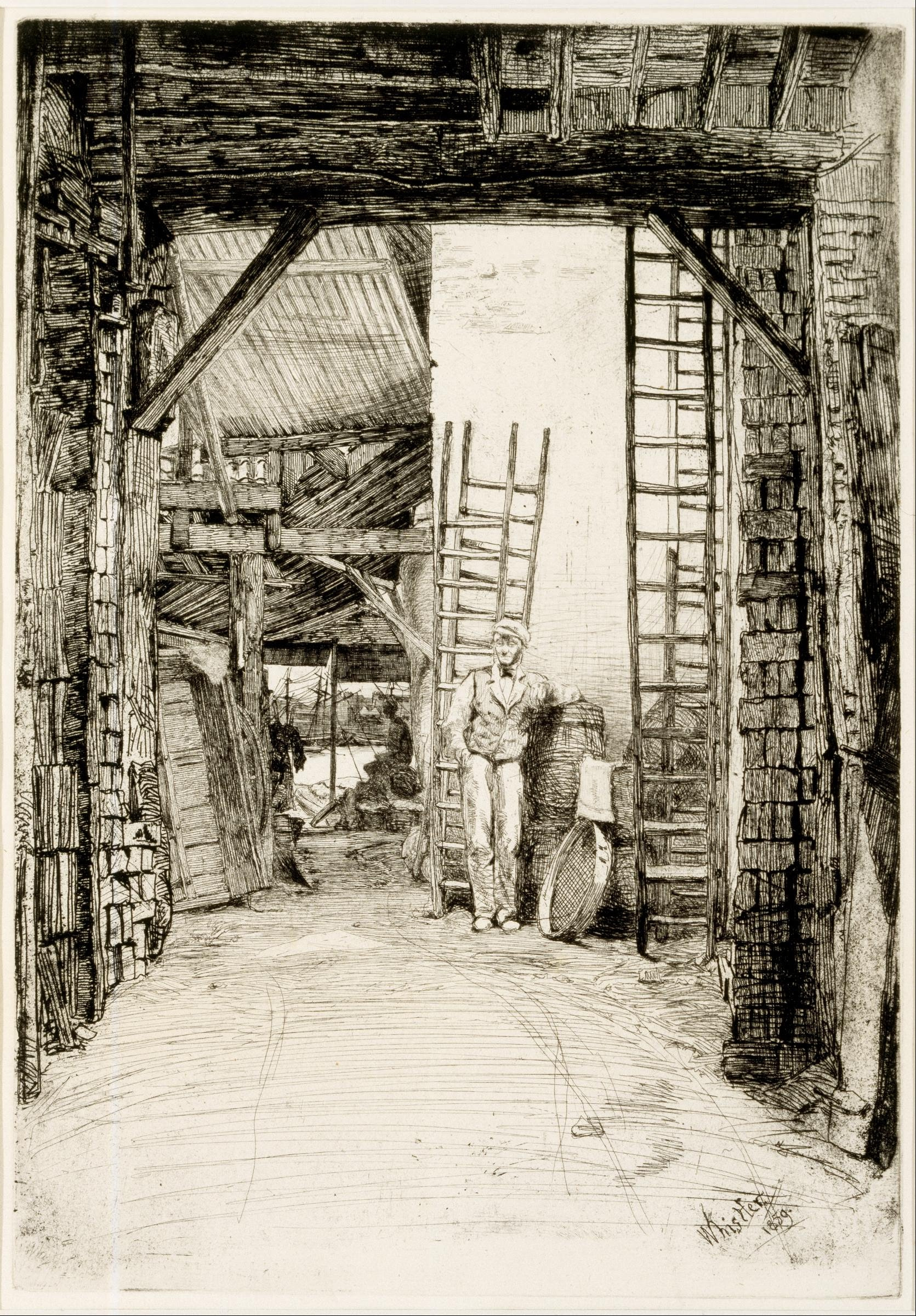
 One of his most famous portraits: Arrangement in Grey and Black, No. 1: Portrait of the Artist’s Mother (1871) is in the Musee d’Orsay, Paris.
One of his most famous portraits: Arrangement in Grey and Black, No. 1: Portrait of the Artist’s Mother (1871) is in the Musee d’Orsay, Paris.
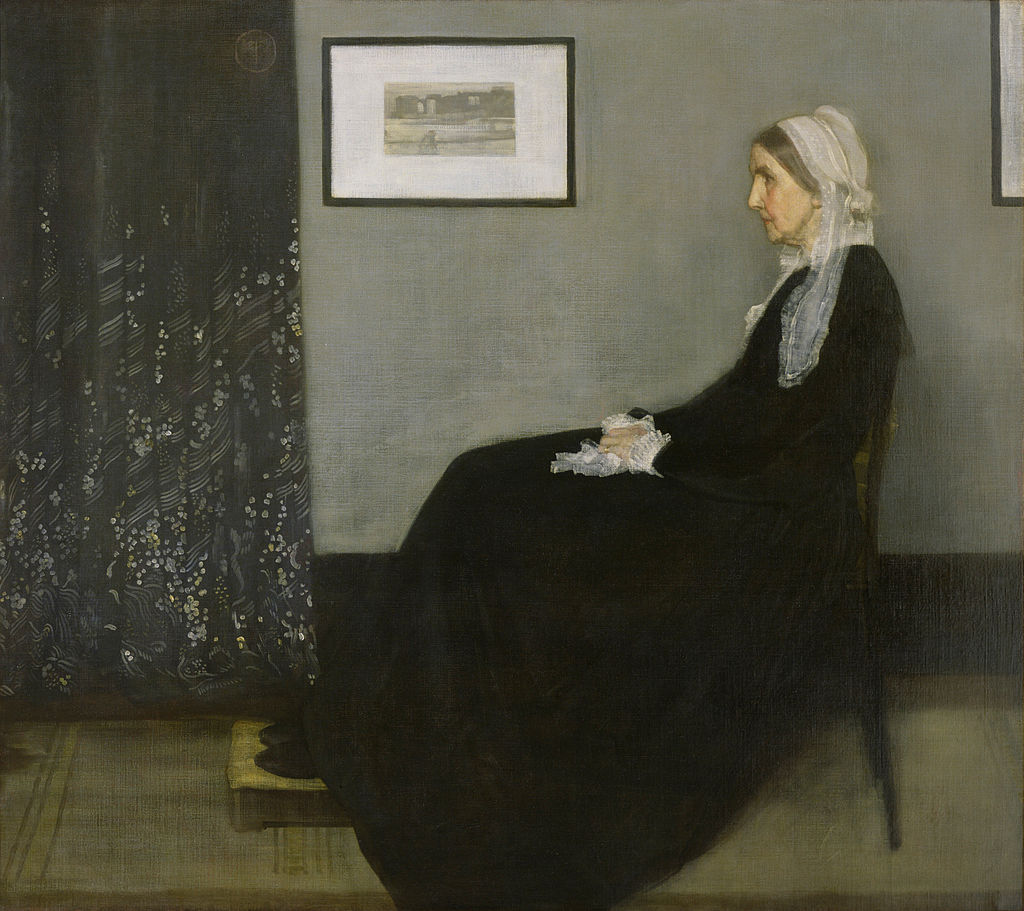

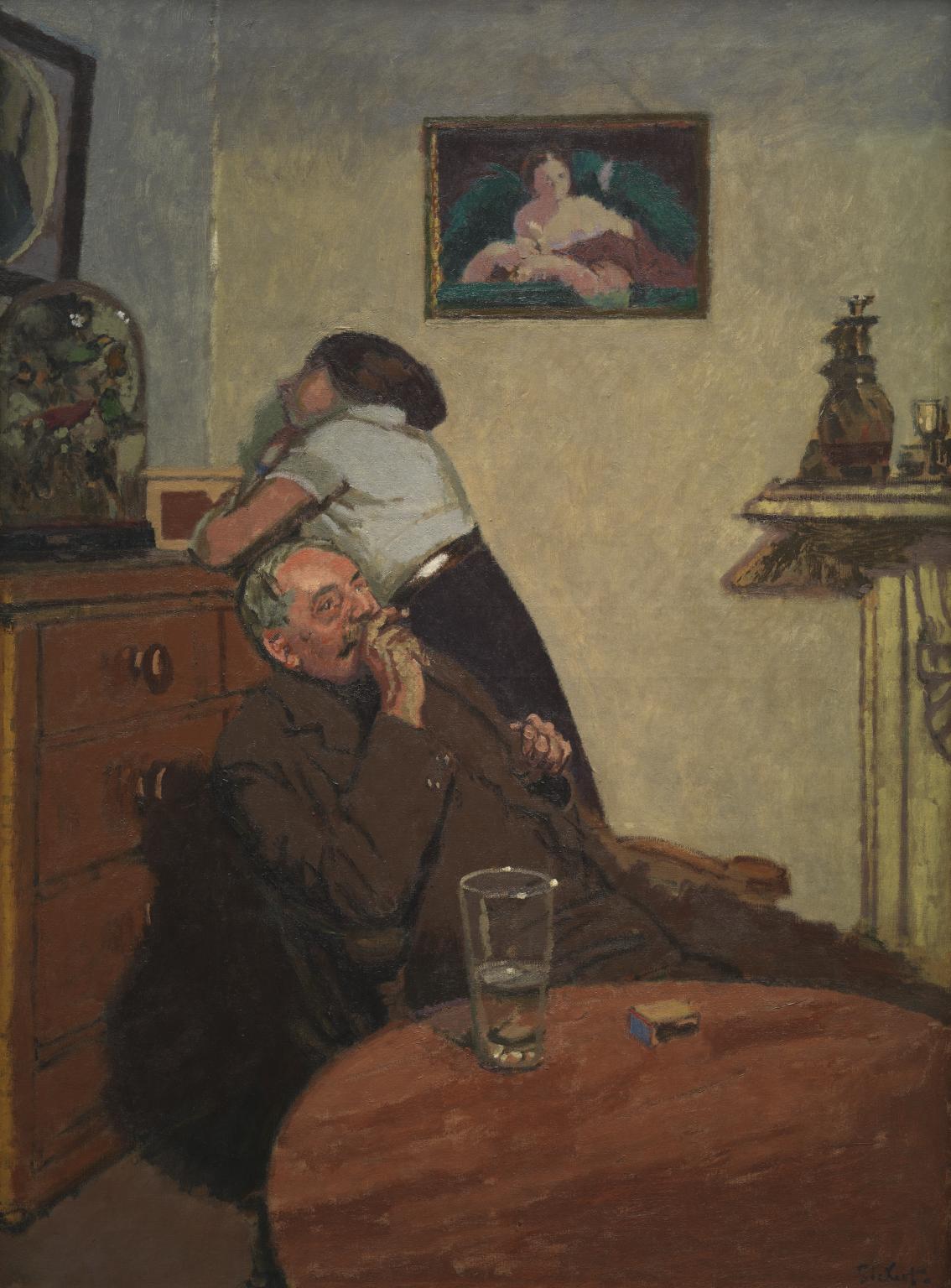
Part 8: Pierre Bonnard (1867-1947)
As we continue to roll around the clock face that constitutes the Doctor's Dozen series on the Serendipitous Compendium we find ourselves moving back across the Atlantic to mainland Europe, and an astonishing artist named Pierre Bonnard. Last time we considered the talents of Larry Rivers, who many consider as the first true American Pop artist. But his work owed a debt to Bonnard whose compositions he studied and whose style he very much admired.
Pierre Bonnard was a French painter and printmaker, as well as a founding member of the Post-Impressionist group of avant-garde painters Les Nabis.


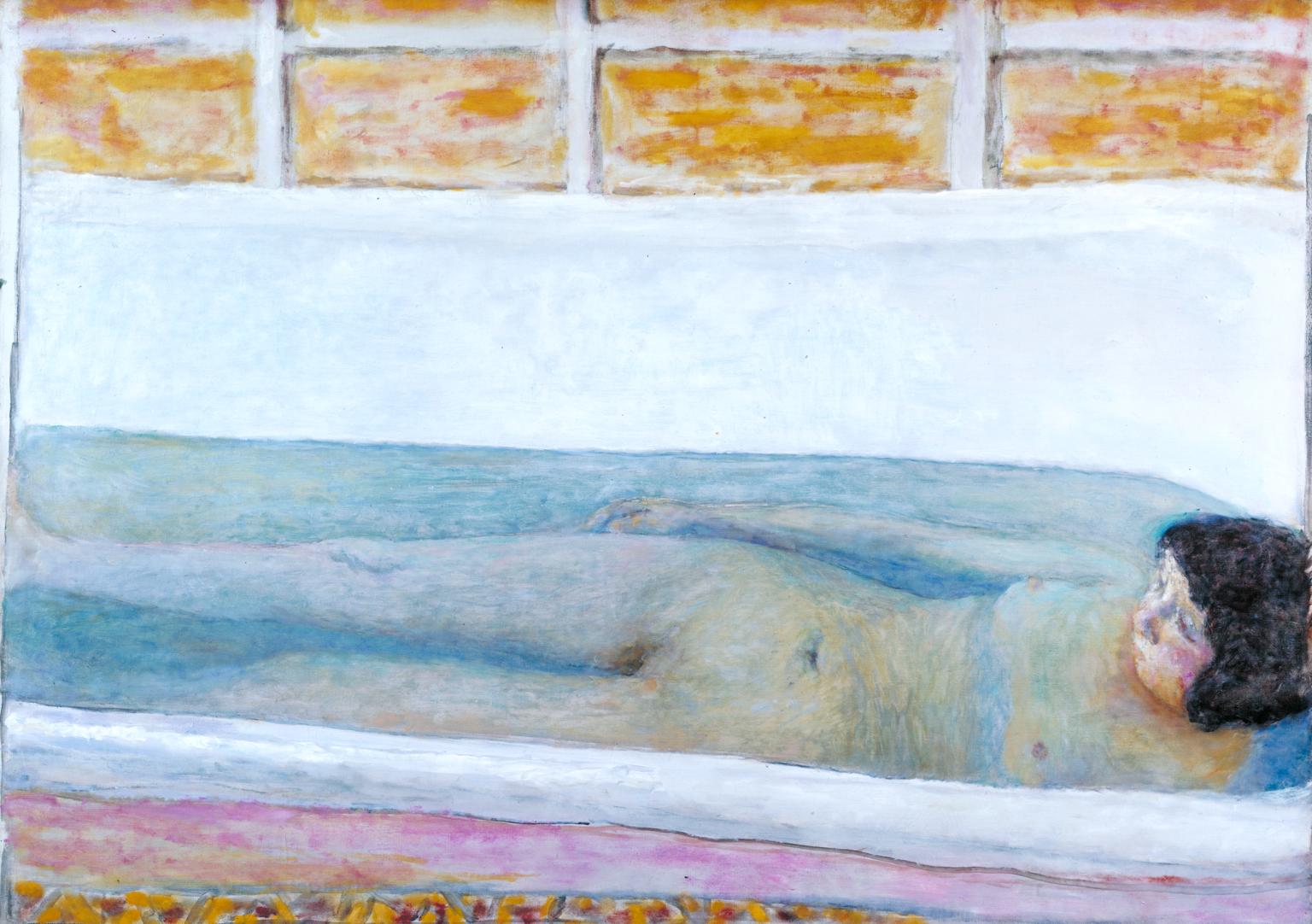
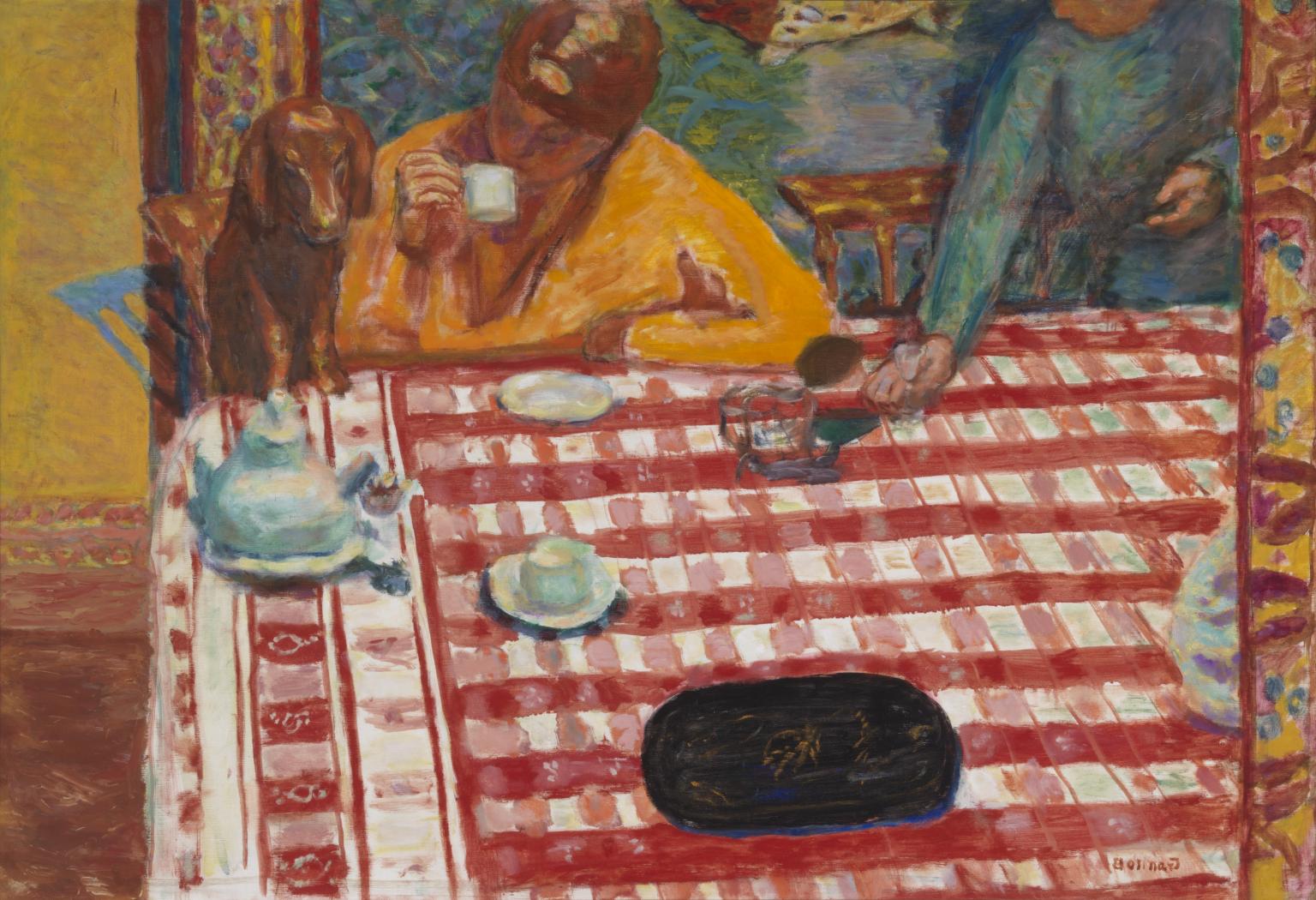
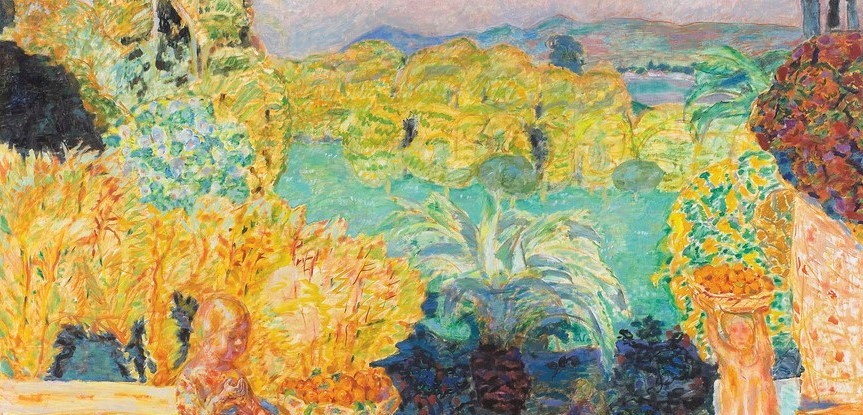
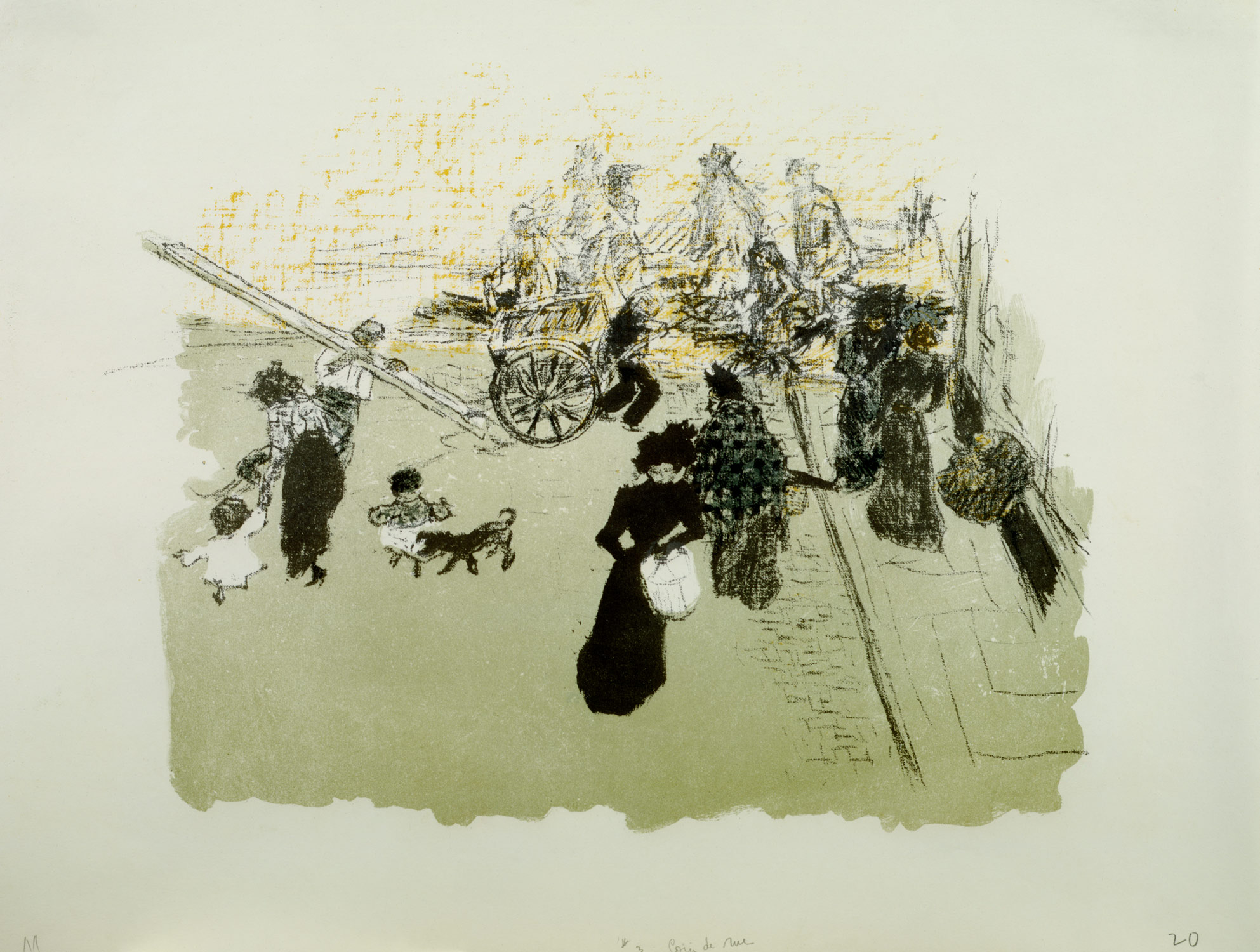

Part 7: Larry Rivers (1923-2002)
When we were discussing Pauline Boty in Part 6 of the Doctor's Dozen on the Serendipitous Compendium, I suggested that it was high time we travelled from London back across the Atlantic to the US to find out about another artist who is considered by many scholars to be the "Godfather" and "Grandfather" of Pop art: Larry Rivers.

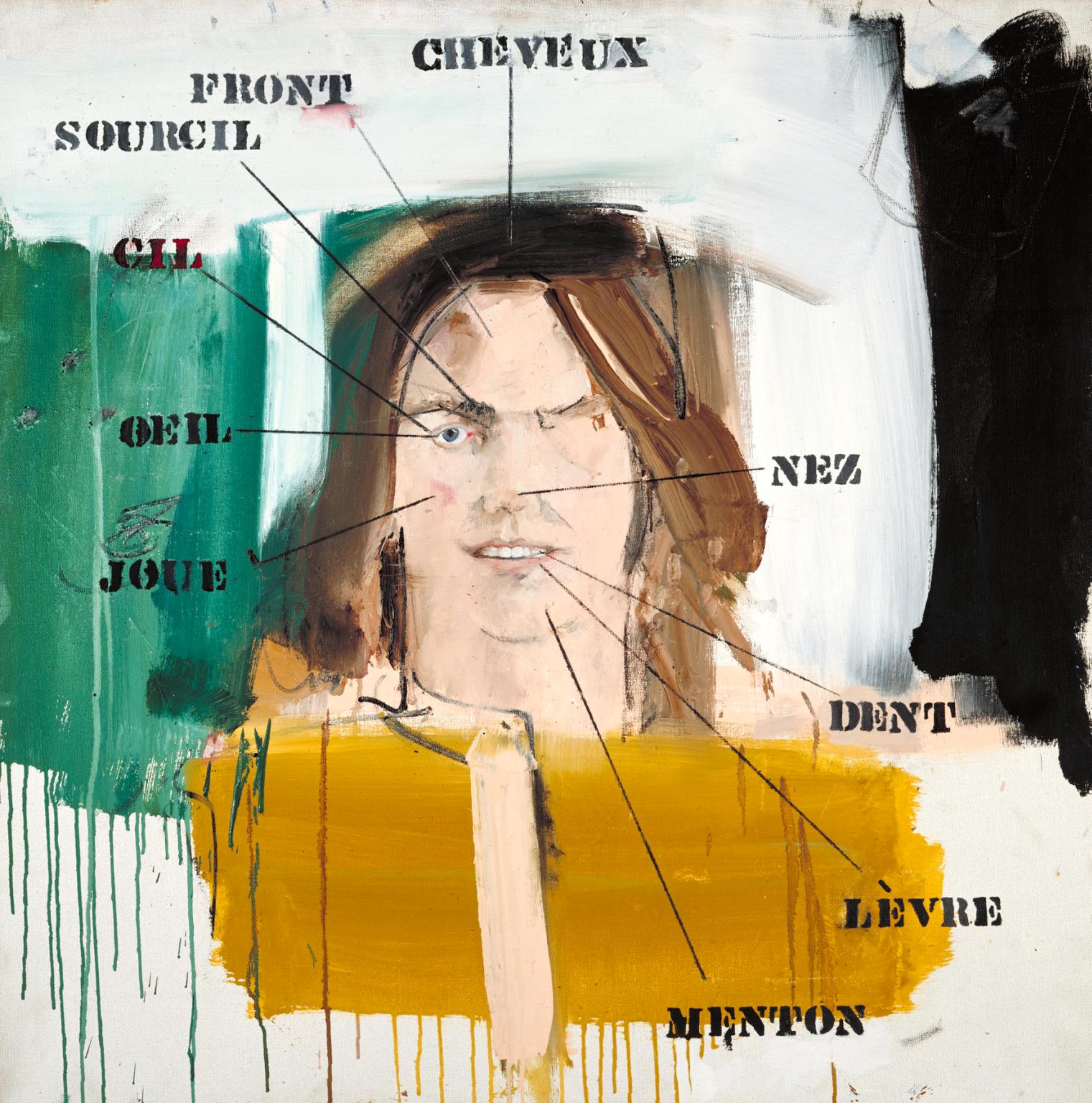

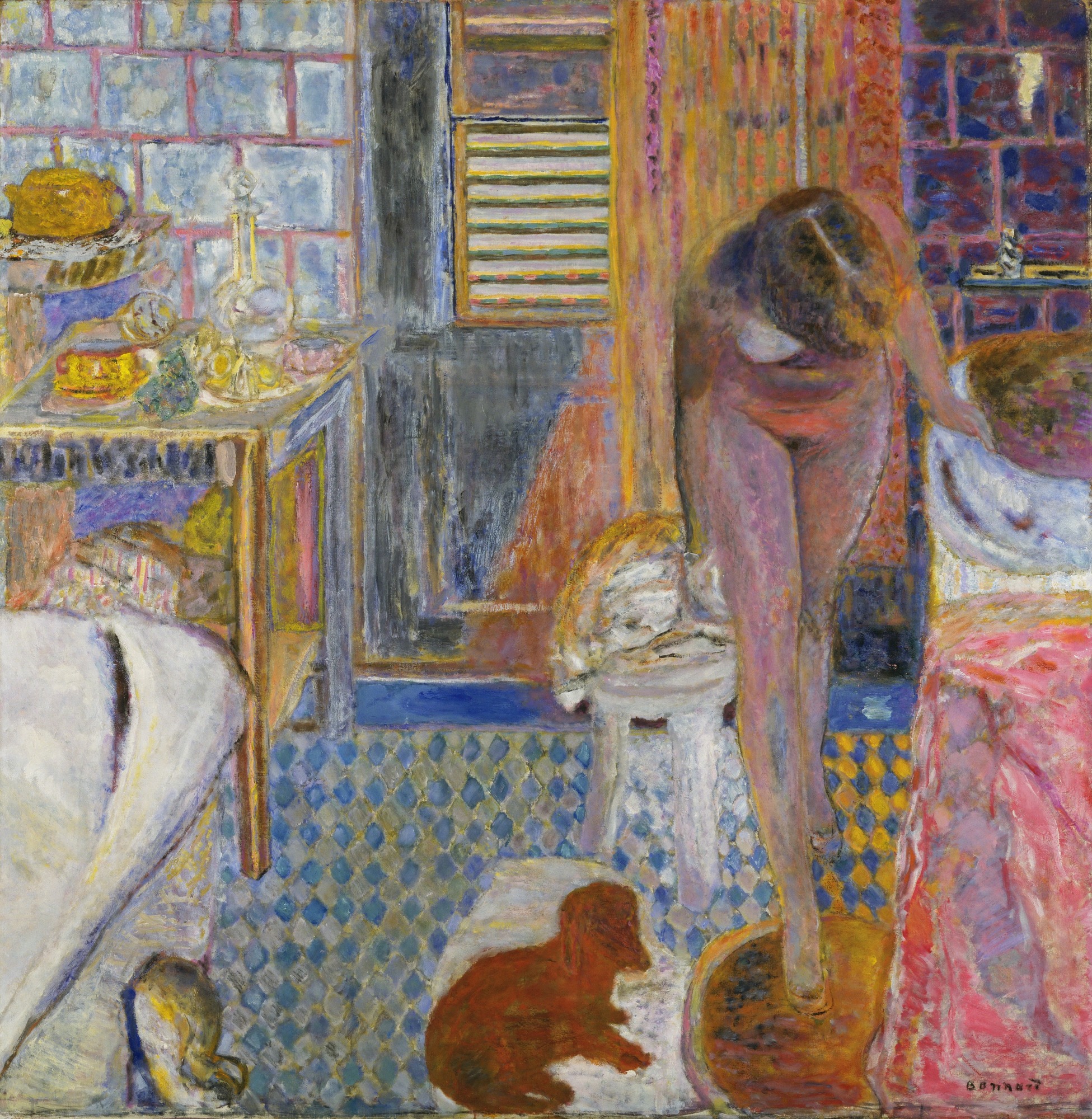

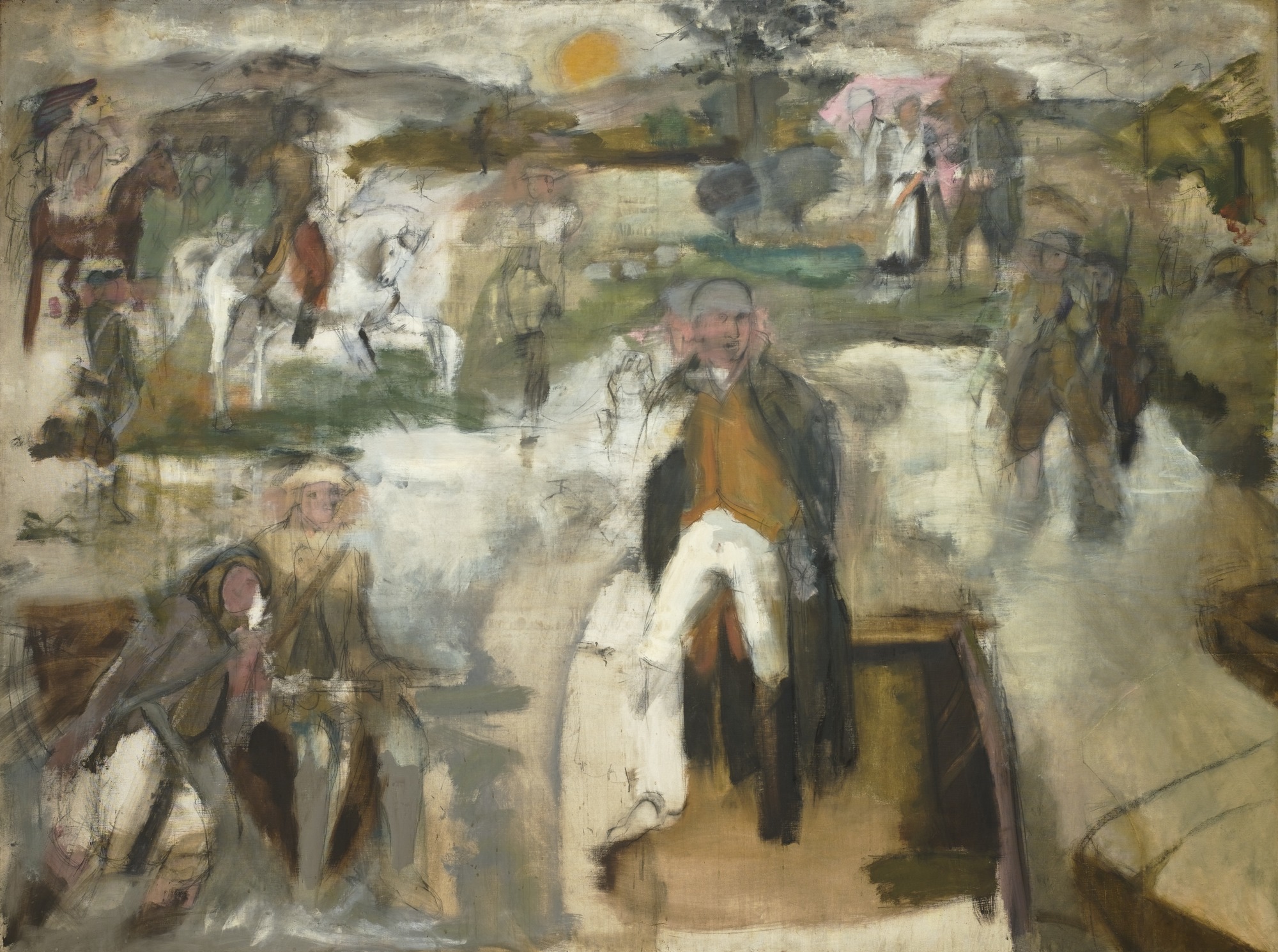
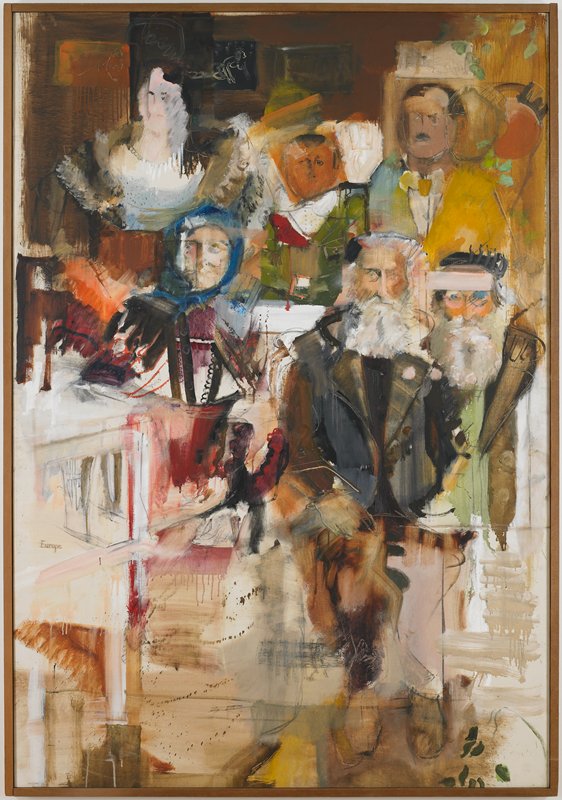
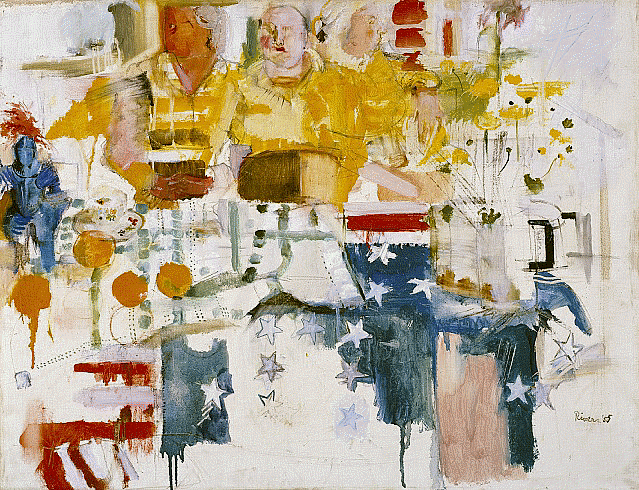
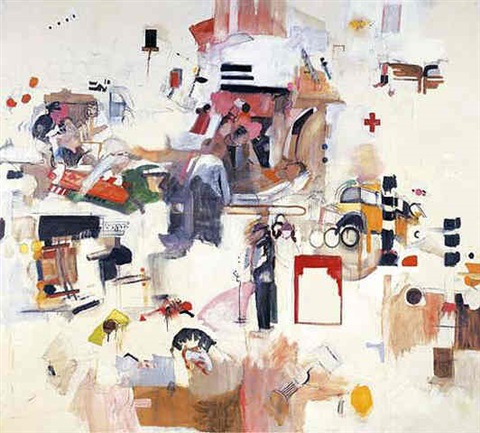
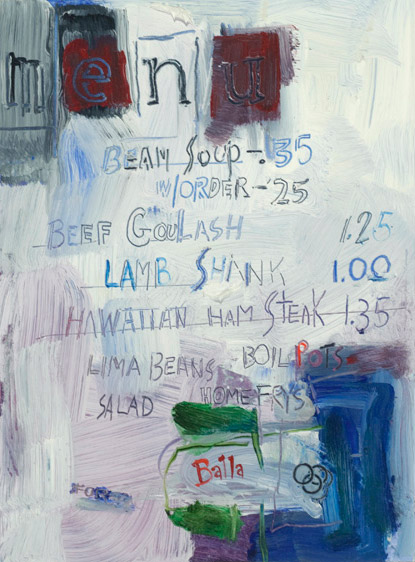

Part 6: Pauline Boty (1938-1966)
Last time, in the Doctor's Dozen segment of the Serendipitous Compendium radio show, John and I discussed the life and work of Eduardo Paolozzi, one of the founders of the British Pop art movement. In this week's interview, I connected Paolozzi with Pauline Boty, who was also a founding member of the movement.
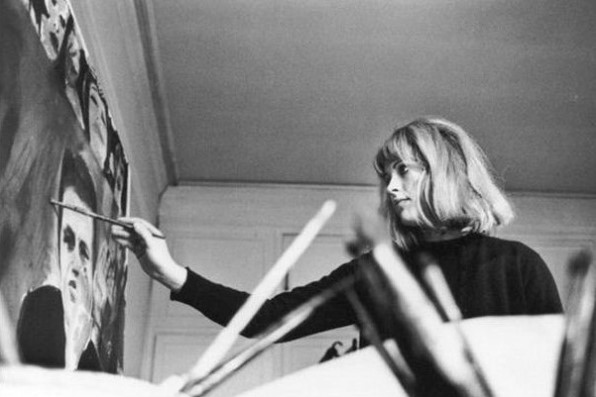 Boty was a key player in the frenetic Swinging London social scene that drew together painters, writers, artists, film-makers, musicians, leftwing political activists and poets.
Boty was a key player in the frenetic Swinging London social scene that drew together painters, writers, artists, film-makers, musicians, leftwing political activists and poets.
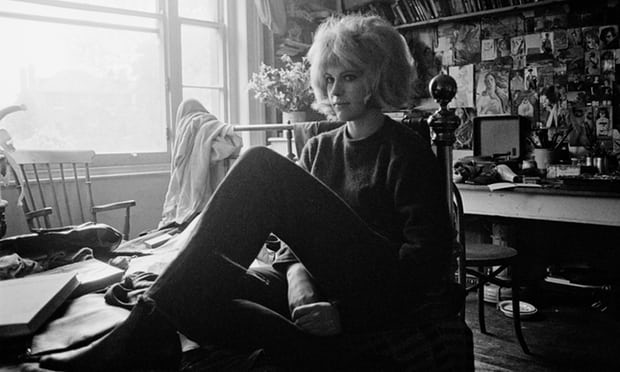
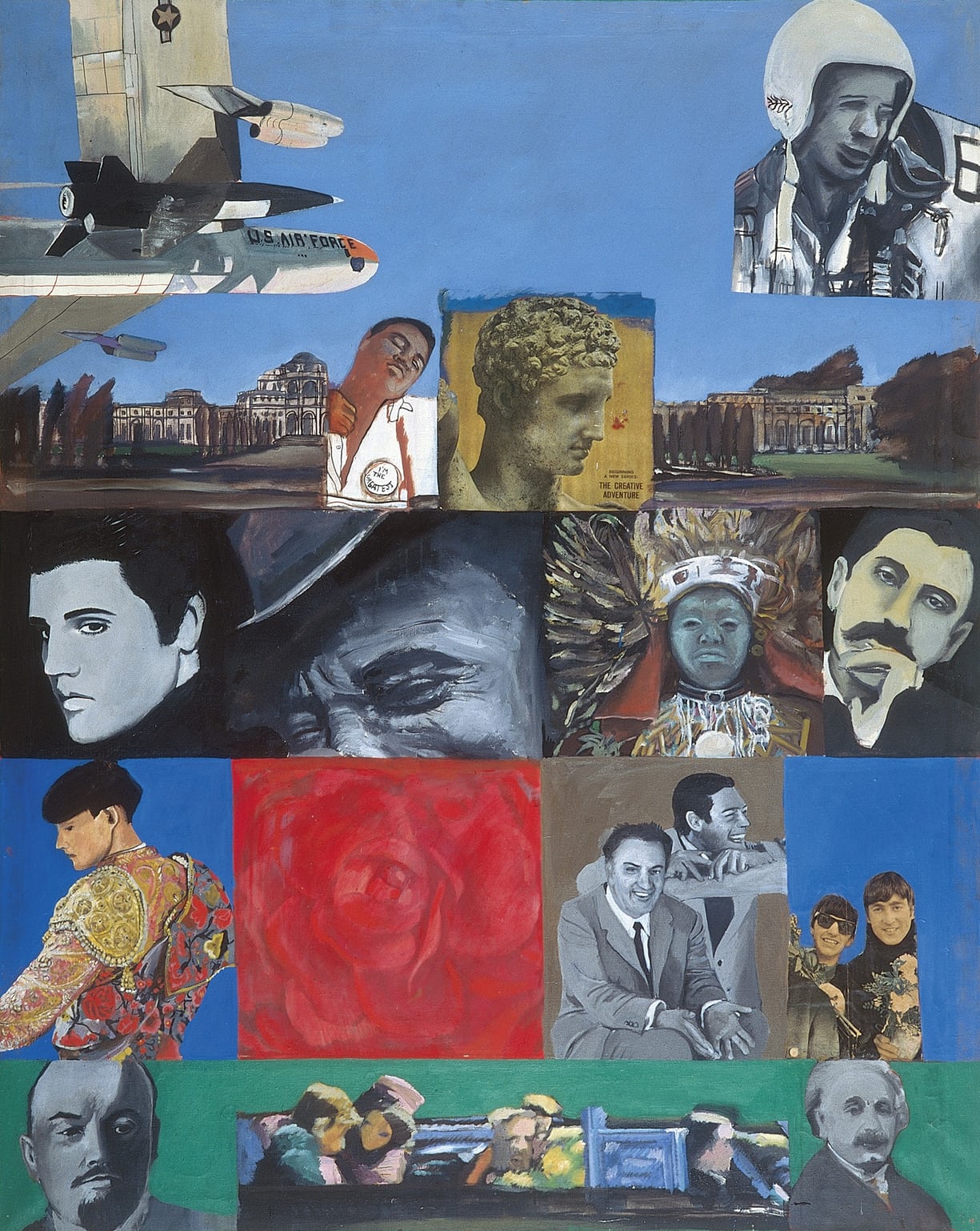
 Boty, Peter Blake, Derek Boshier and Peter Phillips were featured in Ken Russell's documentary film Pop Goes the Easel broadcast in 1962. Her appearance marked the beginning of her brief acting career.
Boty, Peter Blake, Derek Boshier and Peter Phillips were featured in Ken Russell's documentary film Pop Goes the Easel broadcast in 1962. Her appearance marked the beginning of her brief acting career.
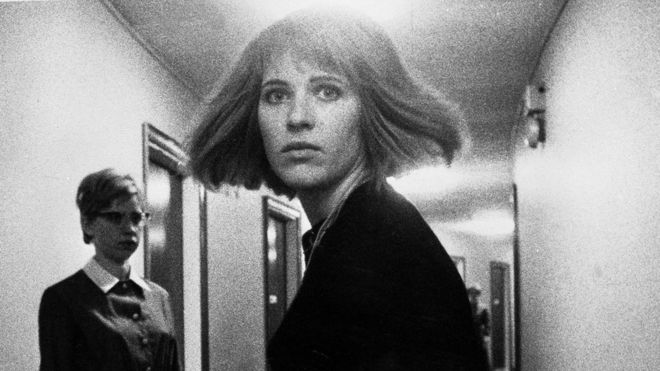
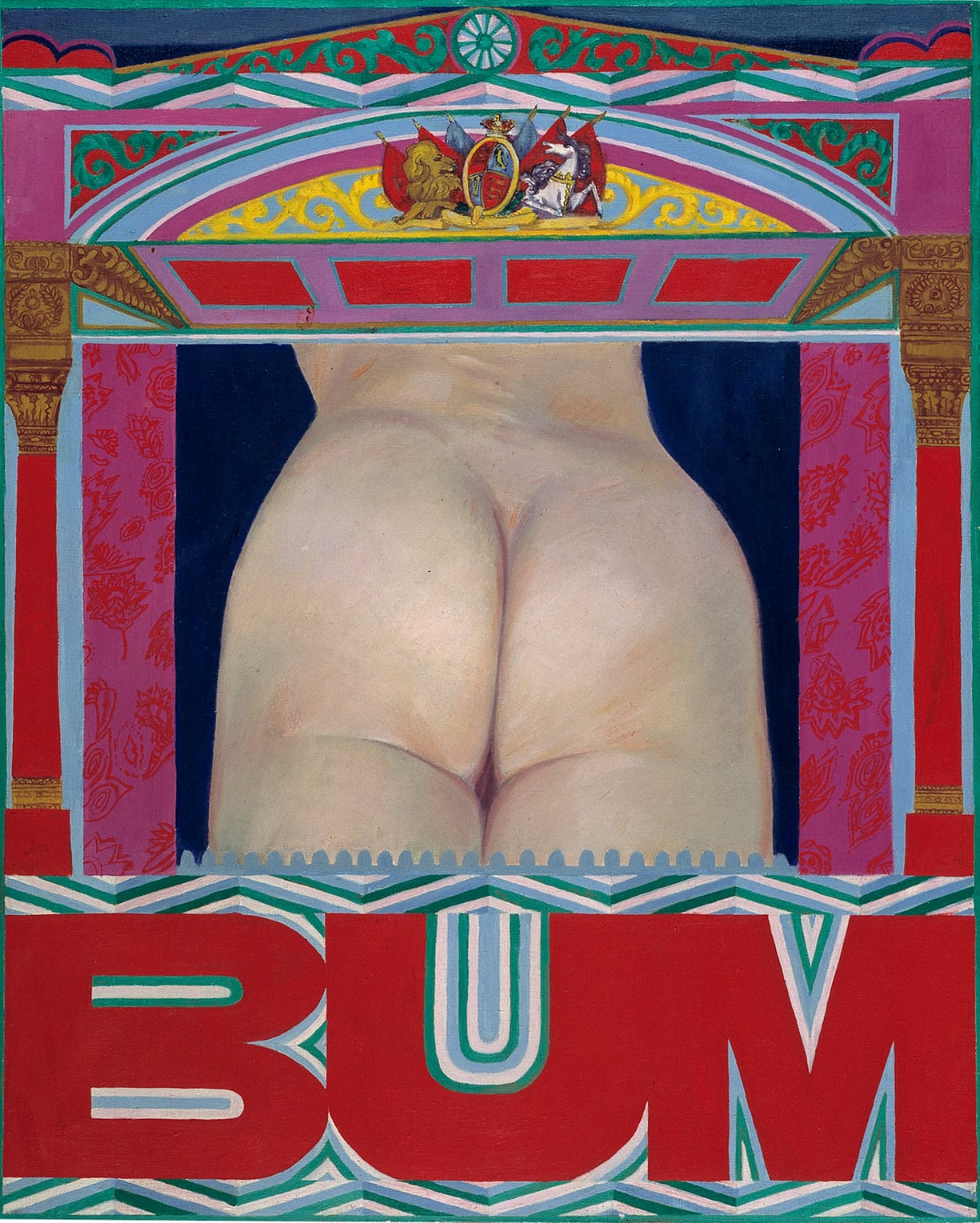
Part 5: Eduardo Paolozzi (1924-2005)
In Part 3 of the Doctor's Dozen, John and I discussed the artist Raoul Hausmann, a founding member and leading proponent of the Berlin Dada movement and one of the originator's of the photomontage technique. This led to the subject of Part 4, Kurt Schwitters who also used photomontage, but developed this to create his famous Merz pictures. He also incorporated American comics into his collages, and as such is often considered to have been the forerunner of British Pop Art. Any consideration of this subject would be incomplete without attention being given to Sir Eduardo Paolozzi, a leading member of Britain’s post-war avant-garde and arguably the father of British Pop Art. So, Paolozzi is the subject of Part 5 of the Doctor's Dozen.
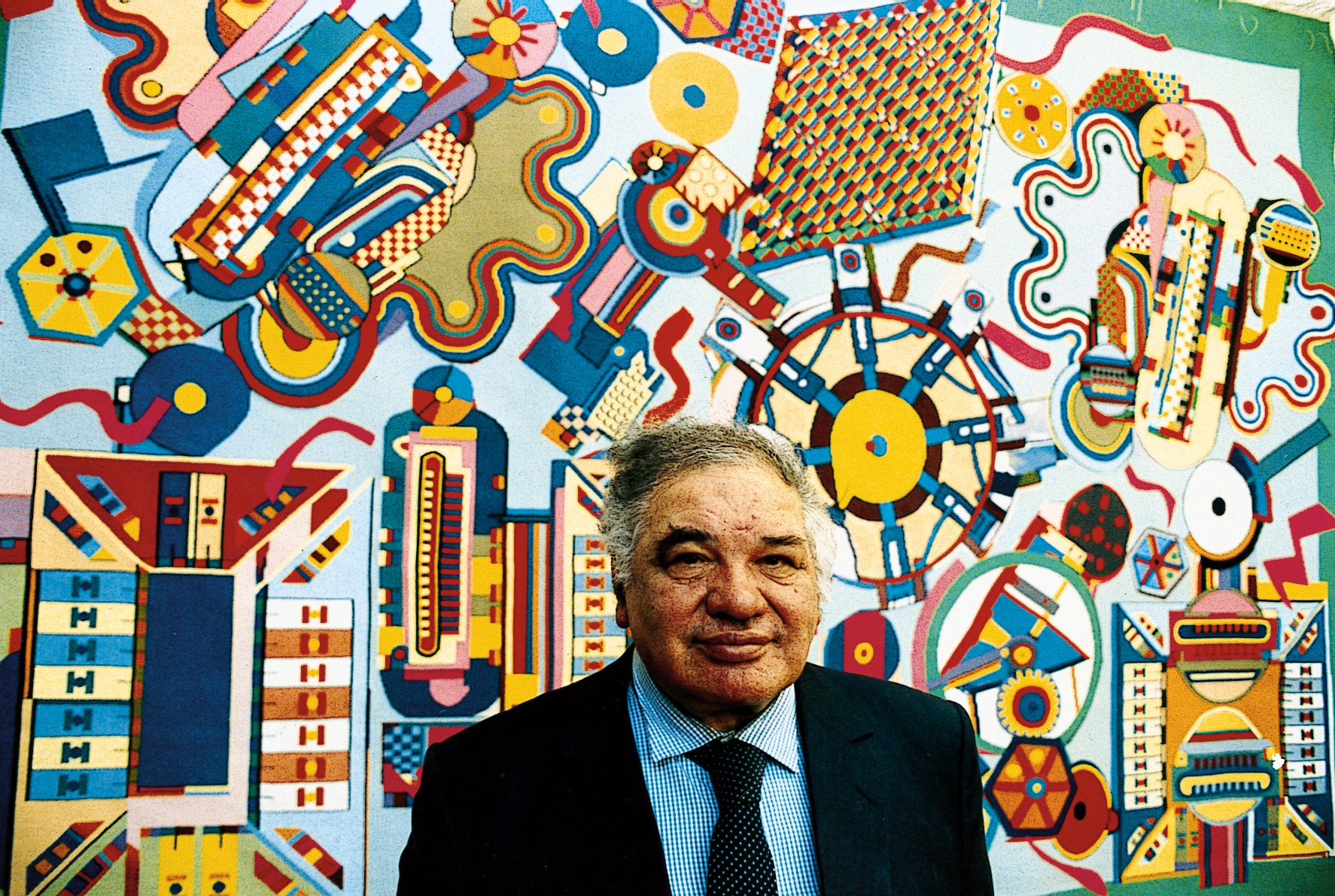
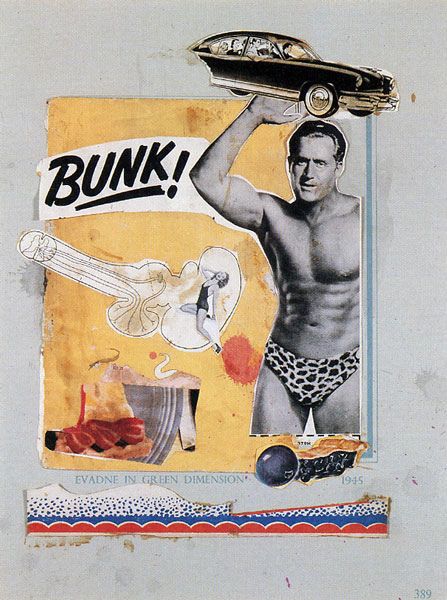
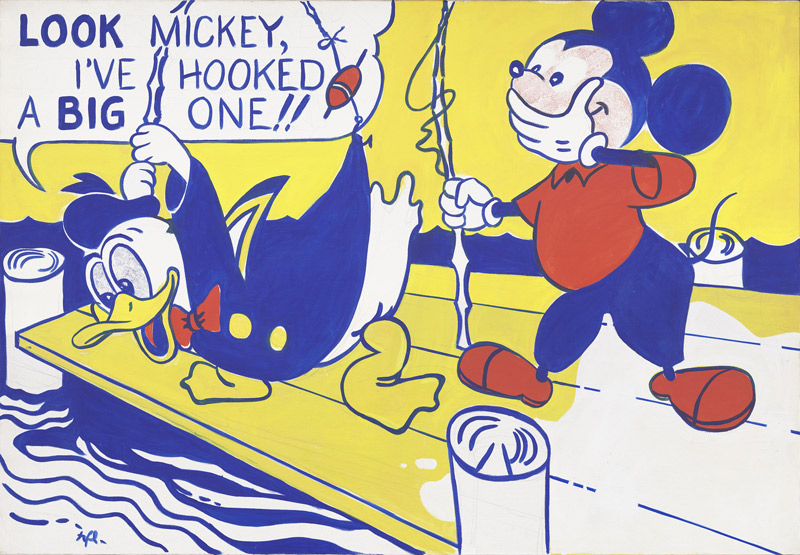
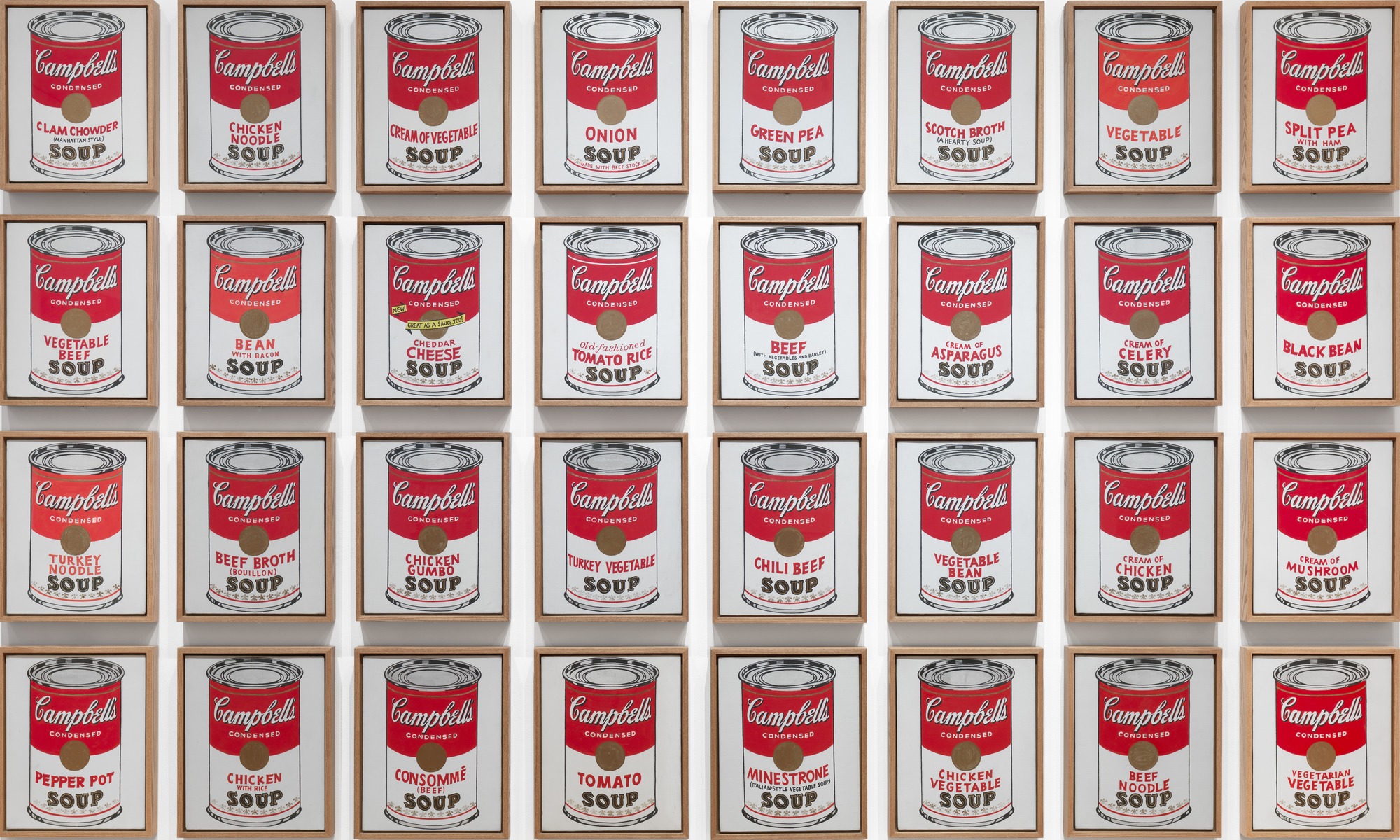


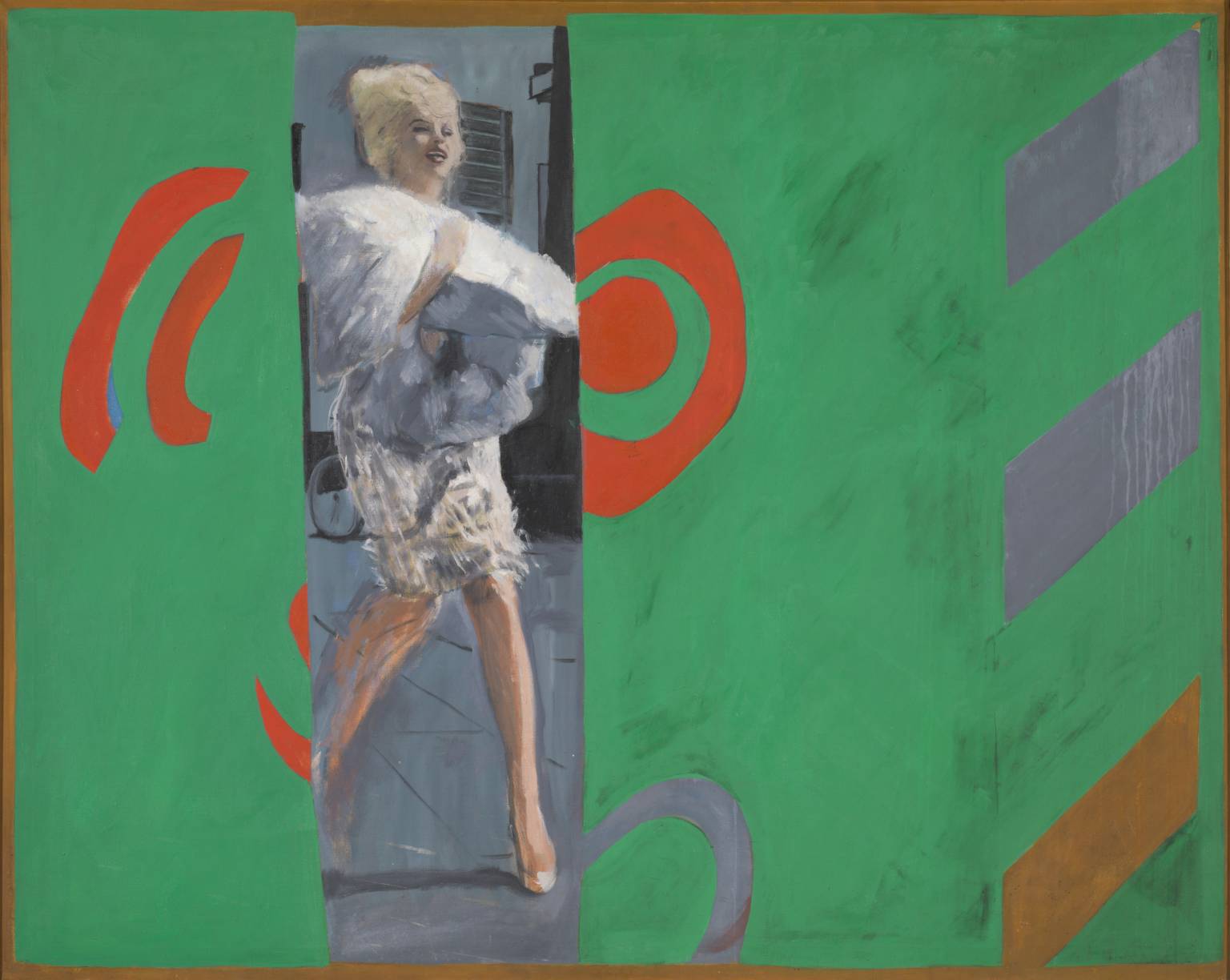
Part 4: Kurt Schwitters (1887-1948)
From Raoul Hausmann, the Dada artist often credited as the founder of photomontage, we link to his friend and sometime colleague, Kurt Schwitters. According to the memoirs of Raoul Hausmann, Schwitters asked to join Berlin Dada either in late 1918 or early 1919.

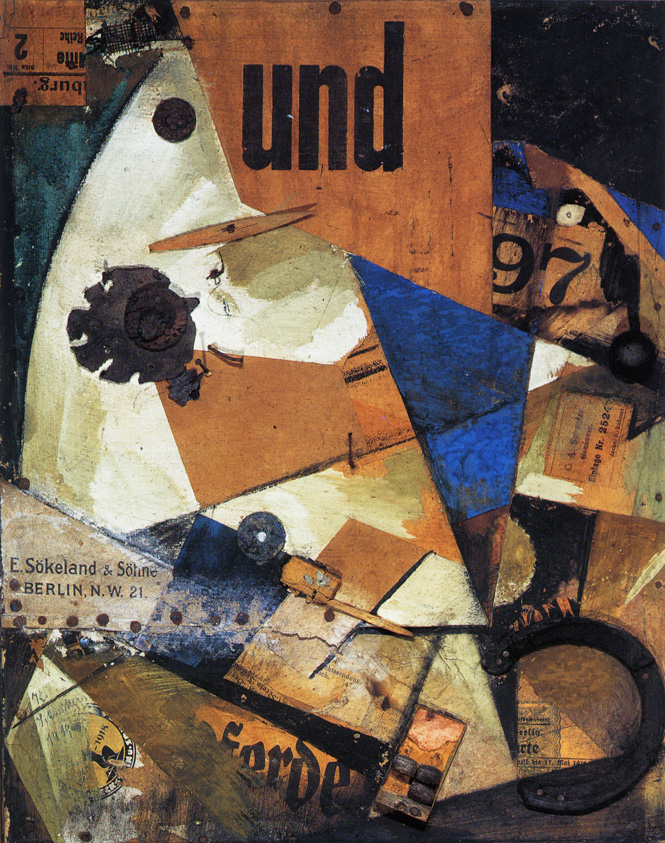
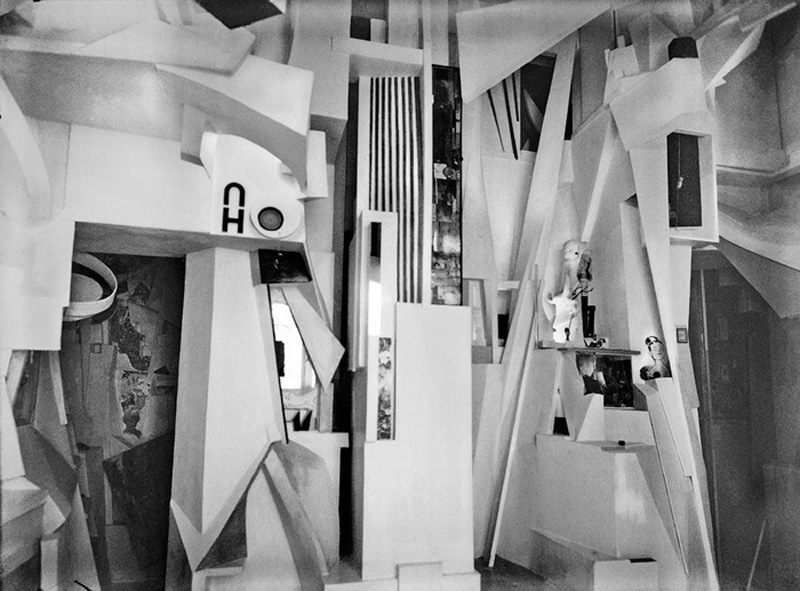
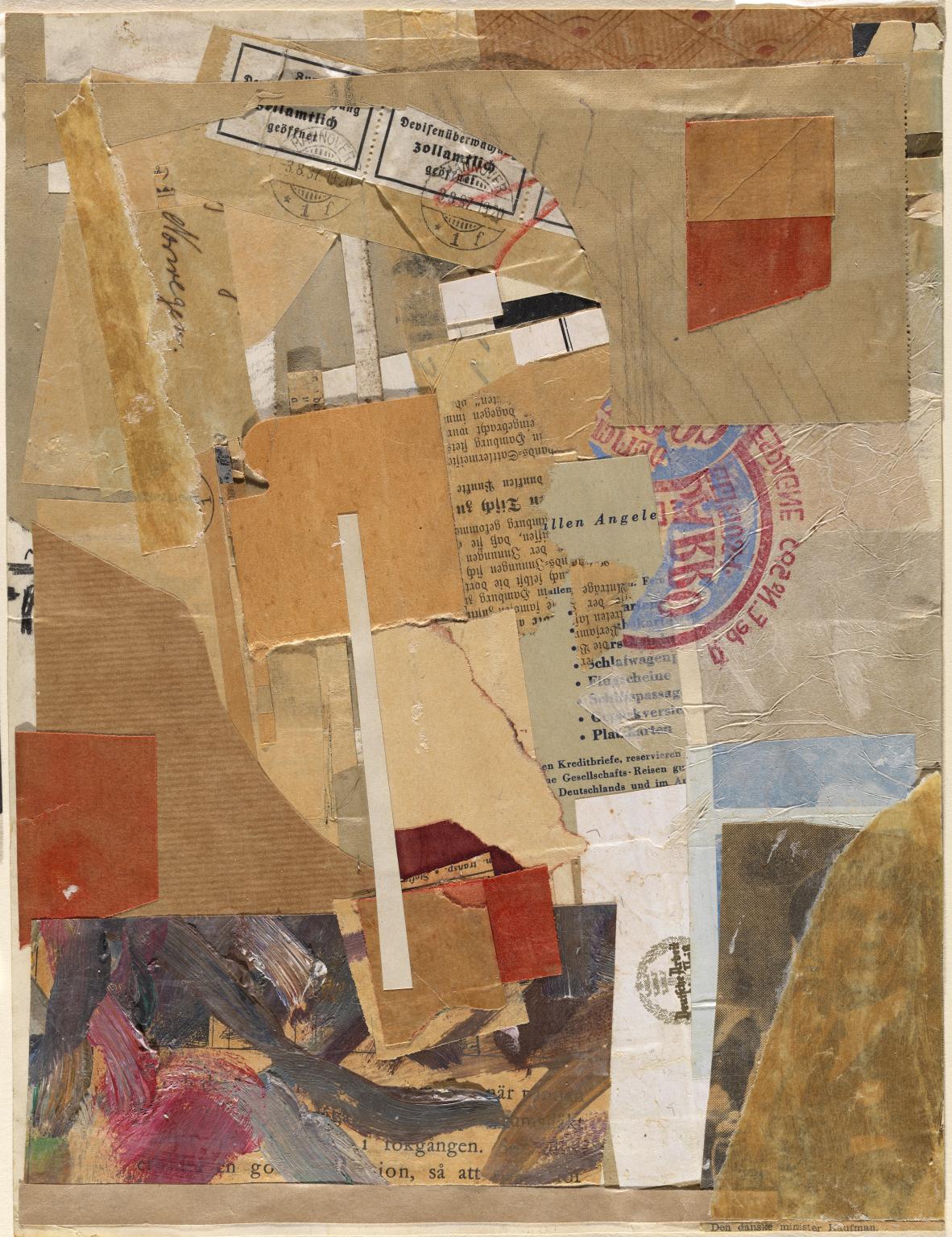
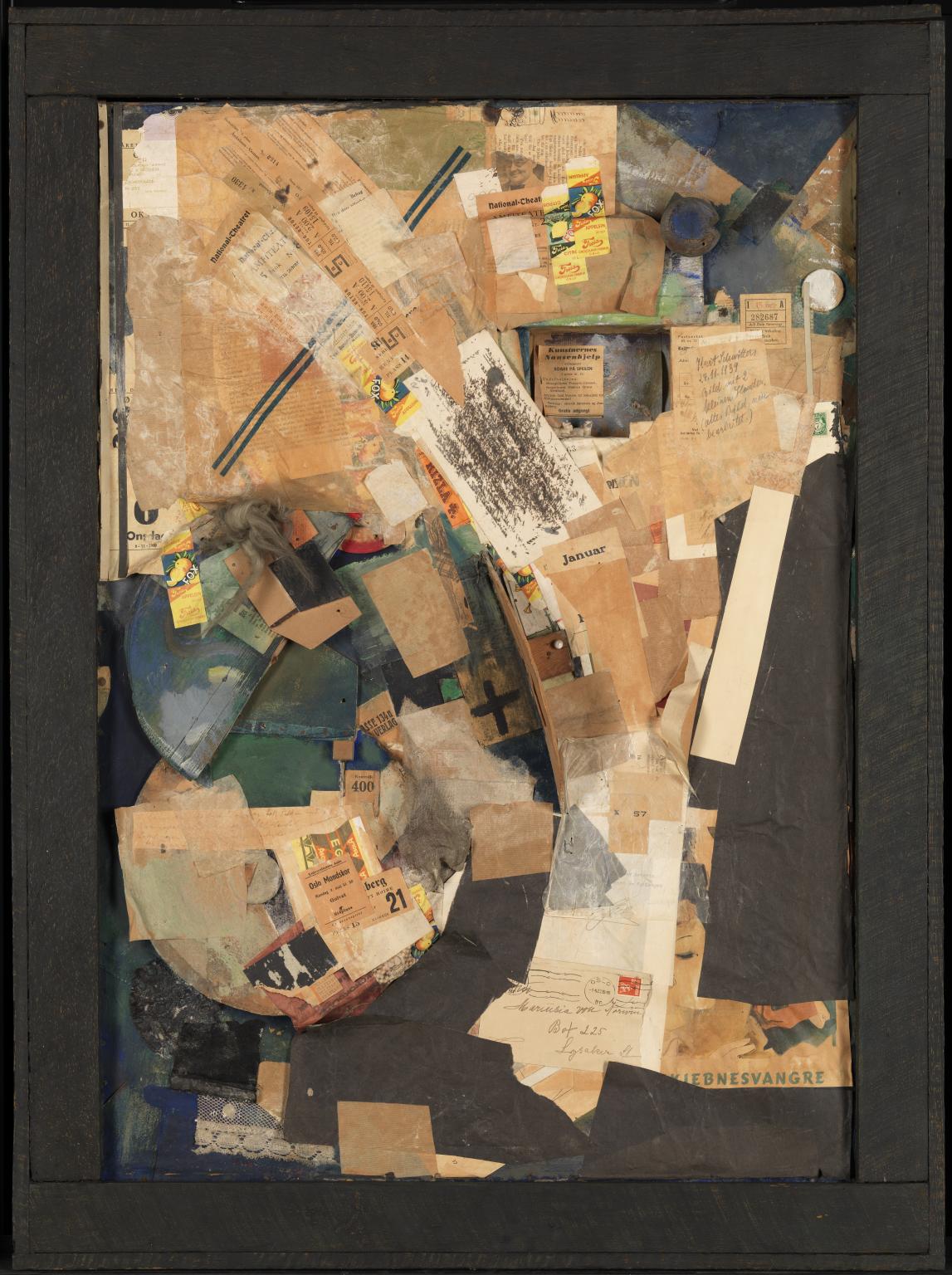
(1920–39), Tate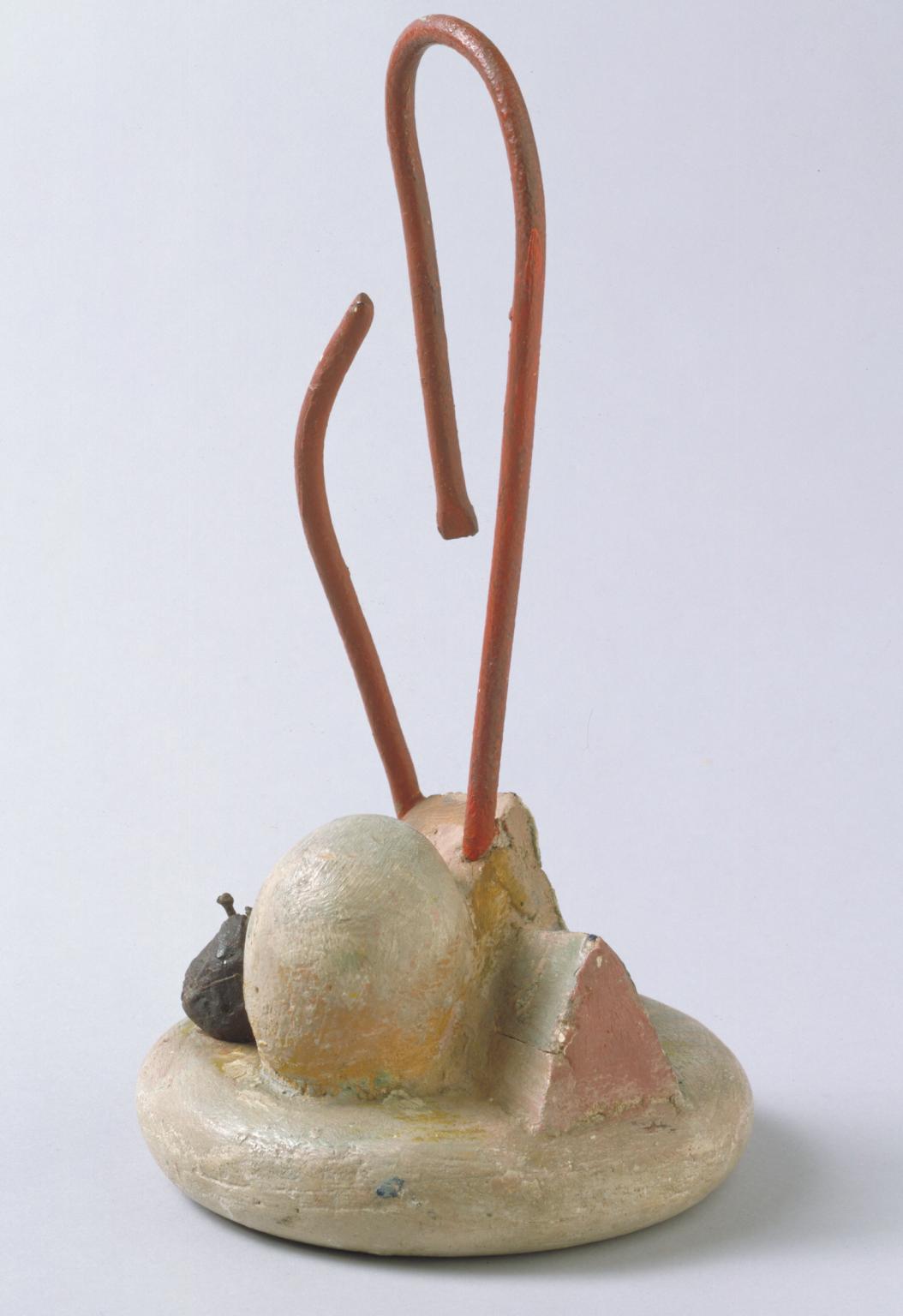
(1944), Tate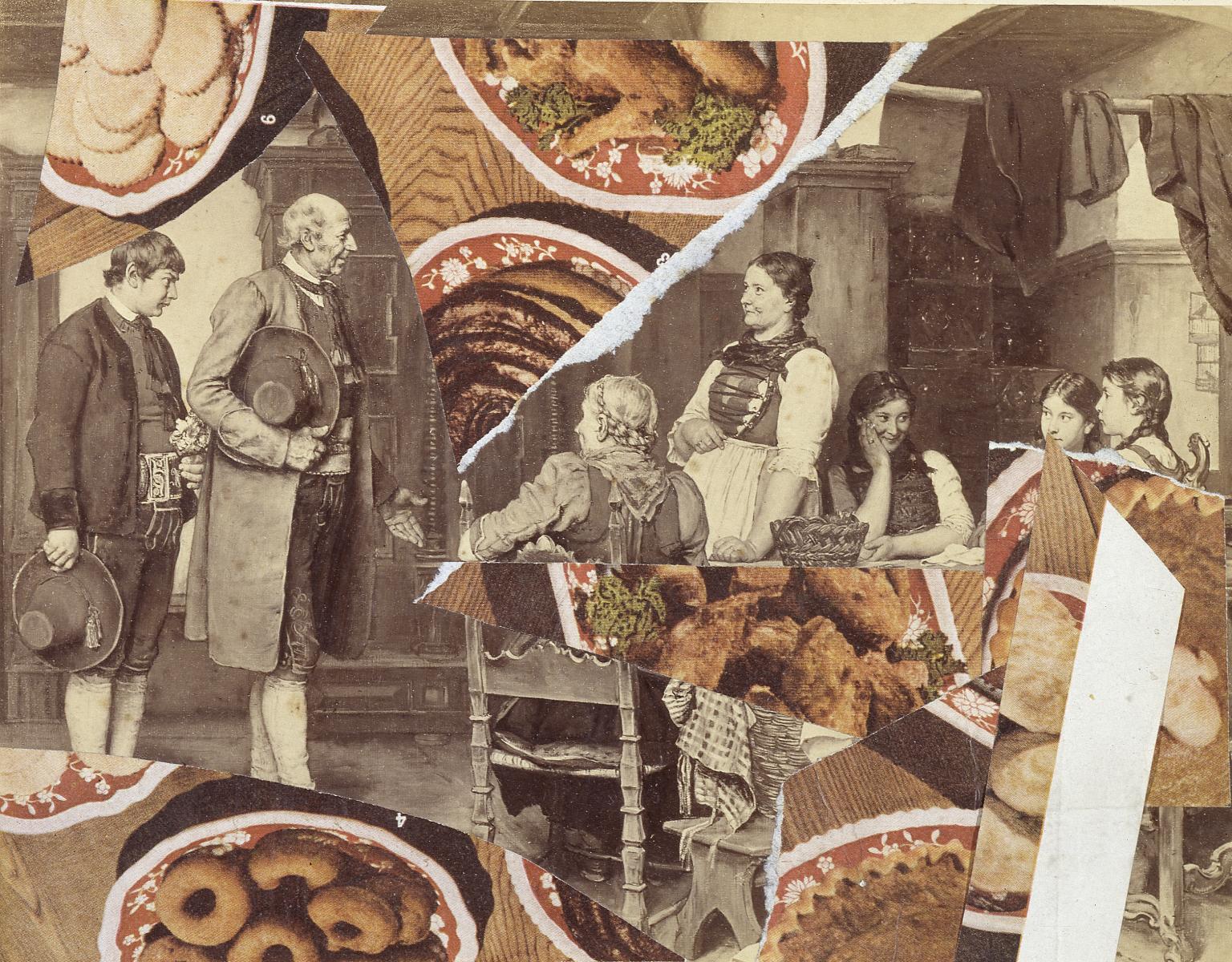
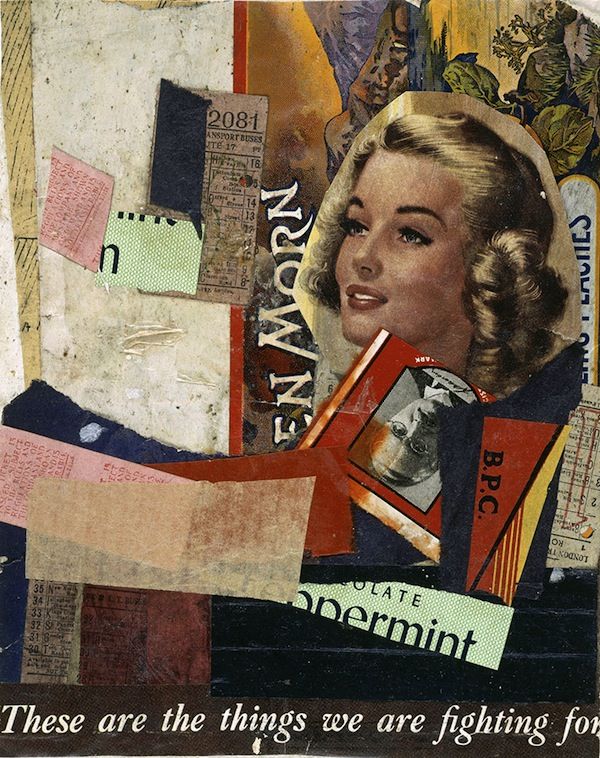

Part 3: Raoul Hausmann (1886-1971)
The third link in the Doctor's Dozen is the Austrian artist and writer, Raoul Hausmann (1886-1971).

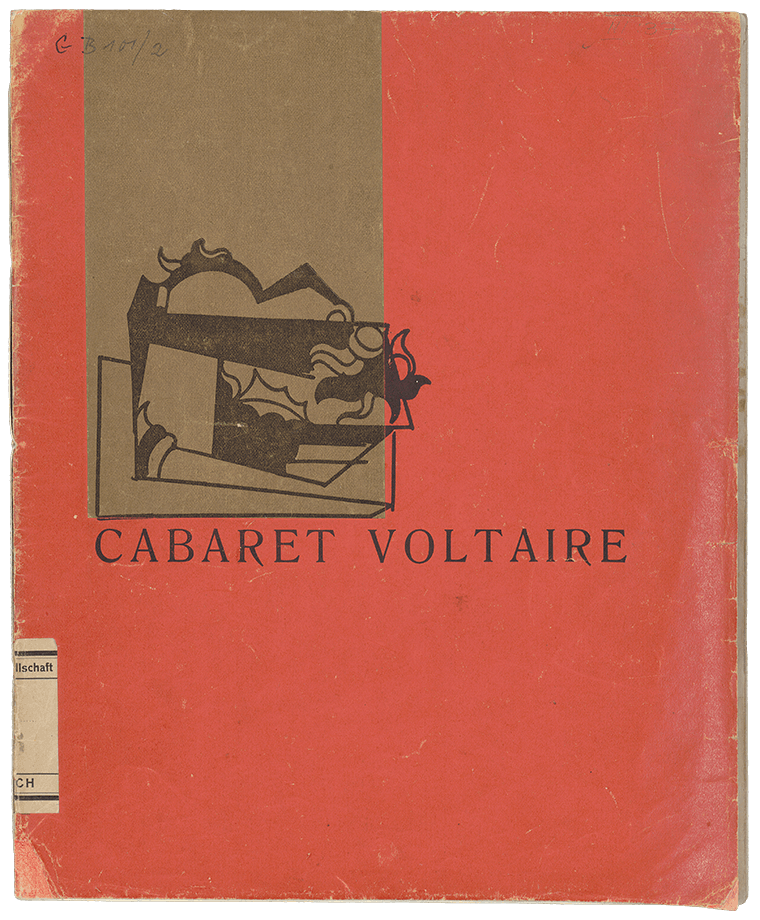 Hausmann's main connection with the previous subject, George Grosz, is that he was also a leader of the Berlin Dada movement. Hausmann's experimental photographic collages, sound poetry and institutional critiques would have a profound influence on the European Avant-Garde in the aftermath of the First World War.
Hausmann's main connection with the previous subject, George Grosz, is that he was also a leader of the Berlin Dada movement. Hausmann's experimental photographic collages, sound poetry and institutional critiques would have a profound influence on the European Avant-Garde in the aftermath of the First World War.
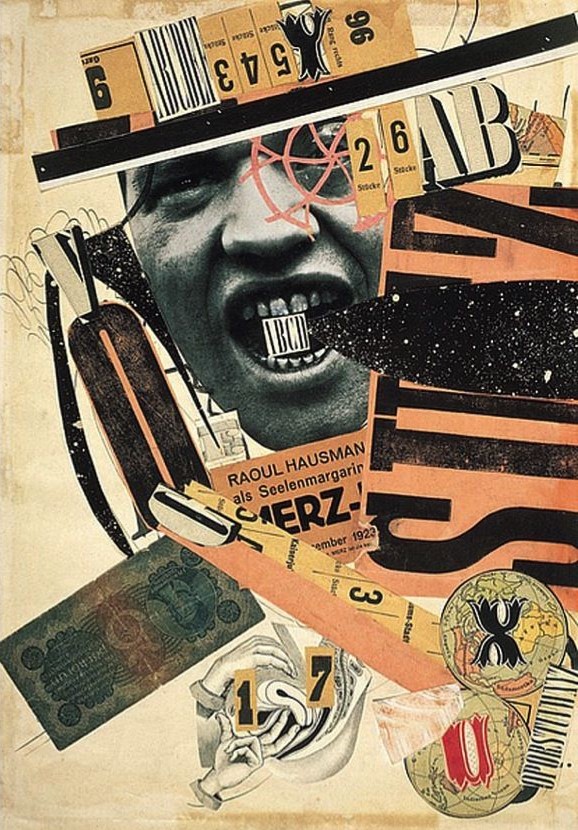
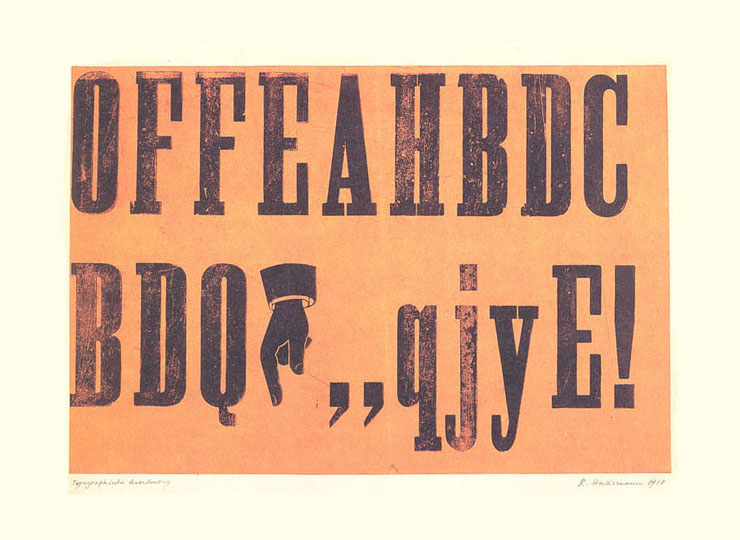


Part 2: George Grosz (1893-1959)
In the second installment of the Doctor's Dozen on the Serendipitous Compendium I discuss with John the work of the German Expressionist artist, George Grosz (1893-1959).
Apart from sharing the same Christian name with Bellows who featured in the previous broadcast, Grosz was also an artist who highlighted horrors of war in his art. For Grosz, the teeming city was an apocalyptic place where human problems were concentrated into a confined space governed by individual and collective lunacy.
